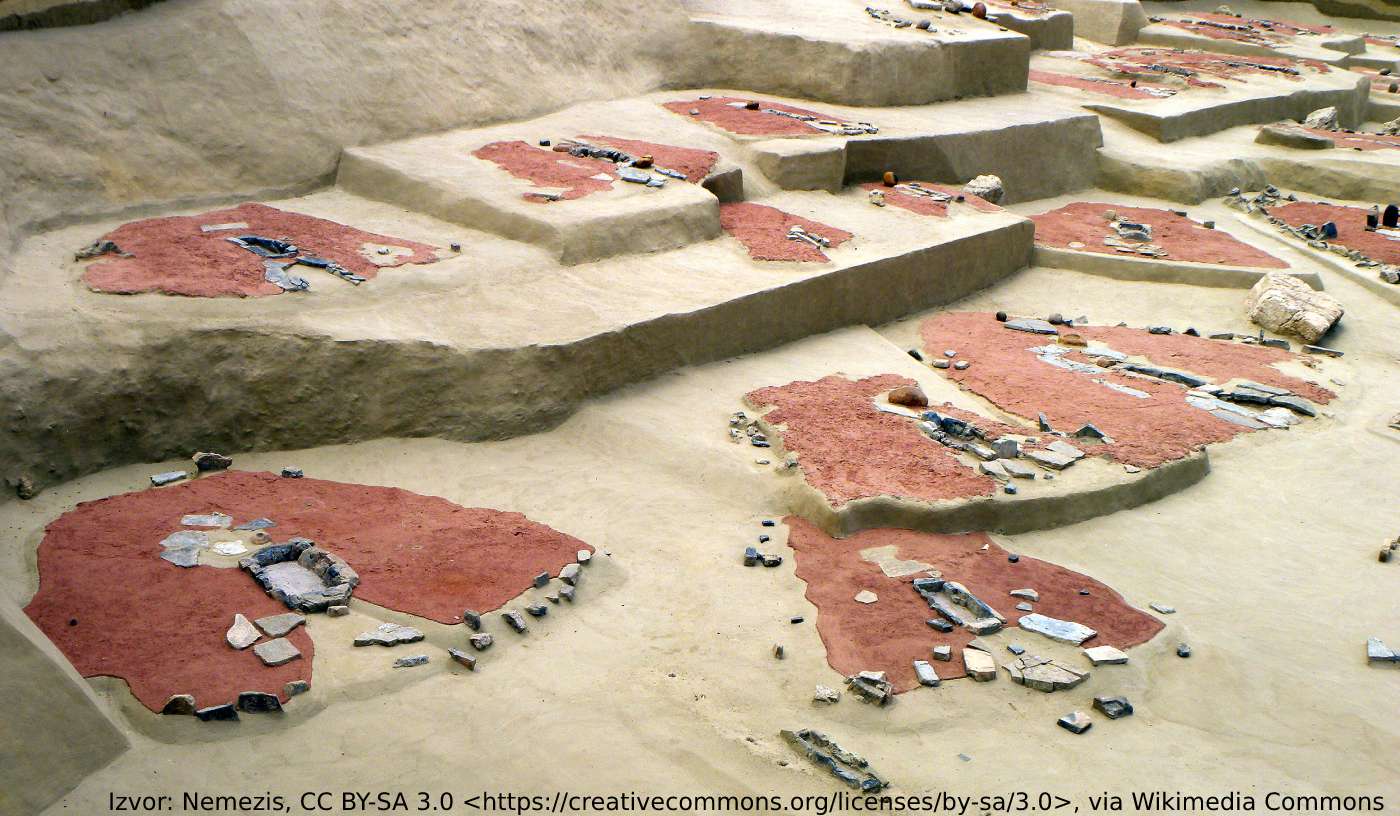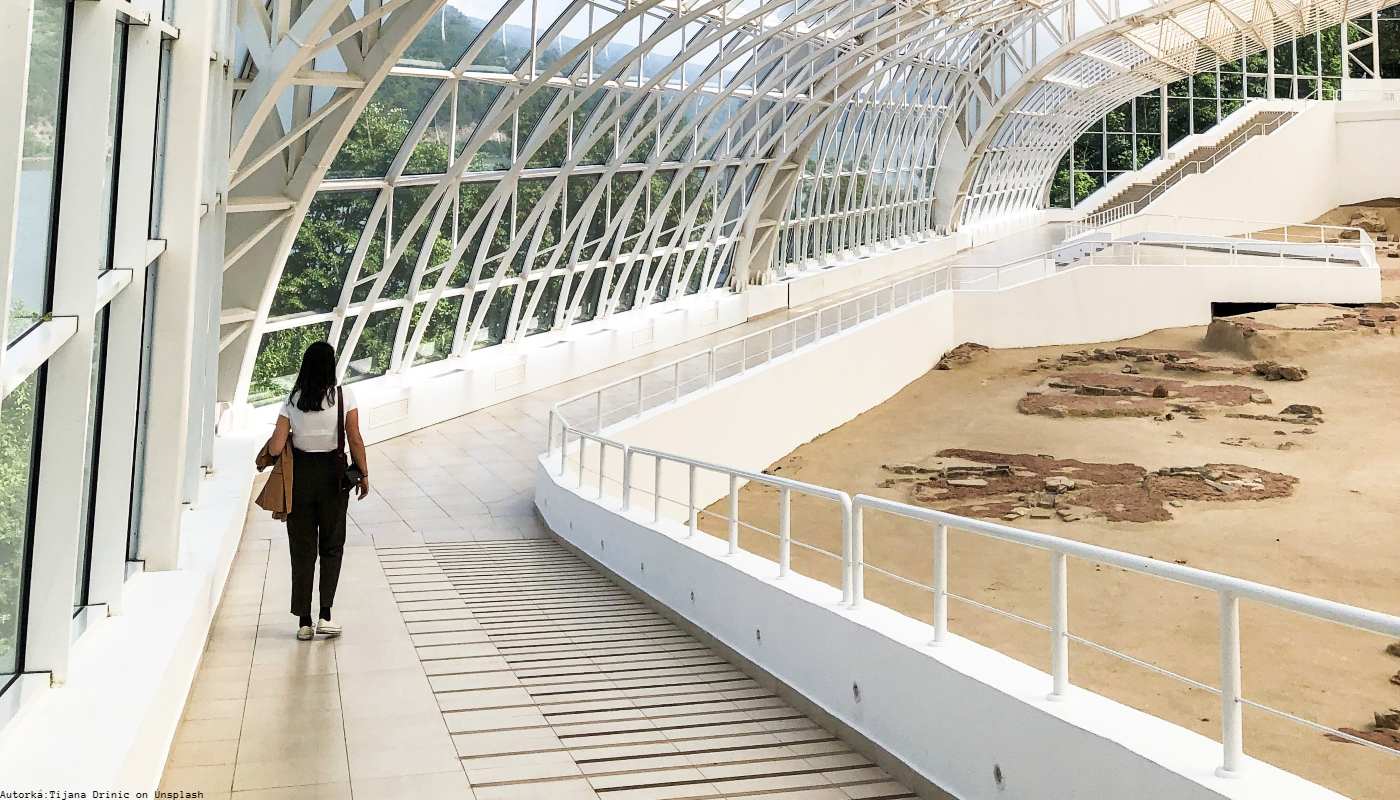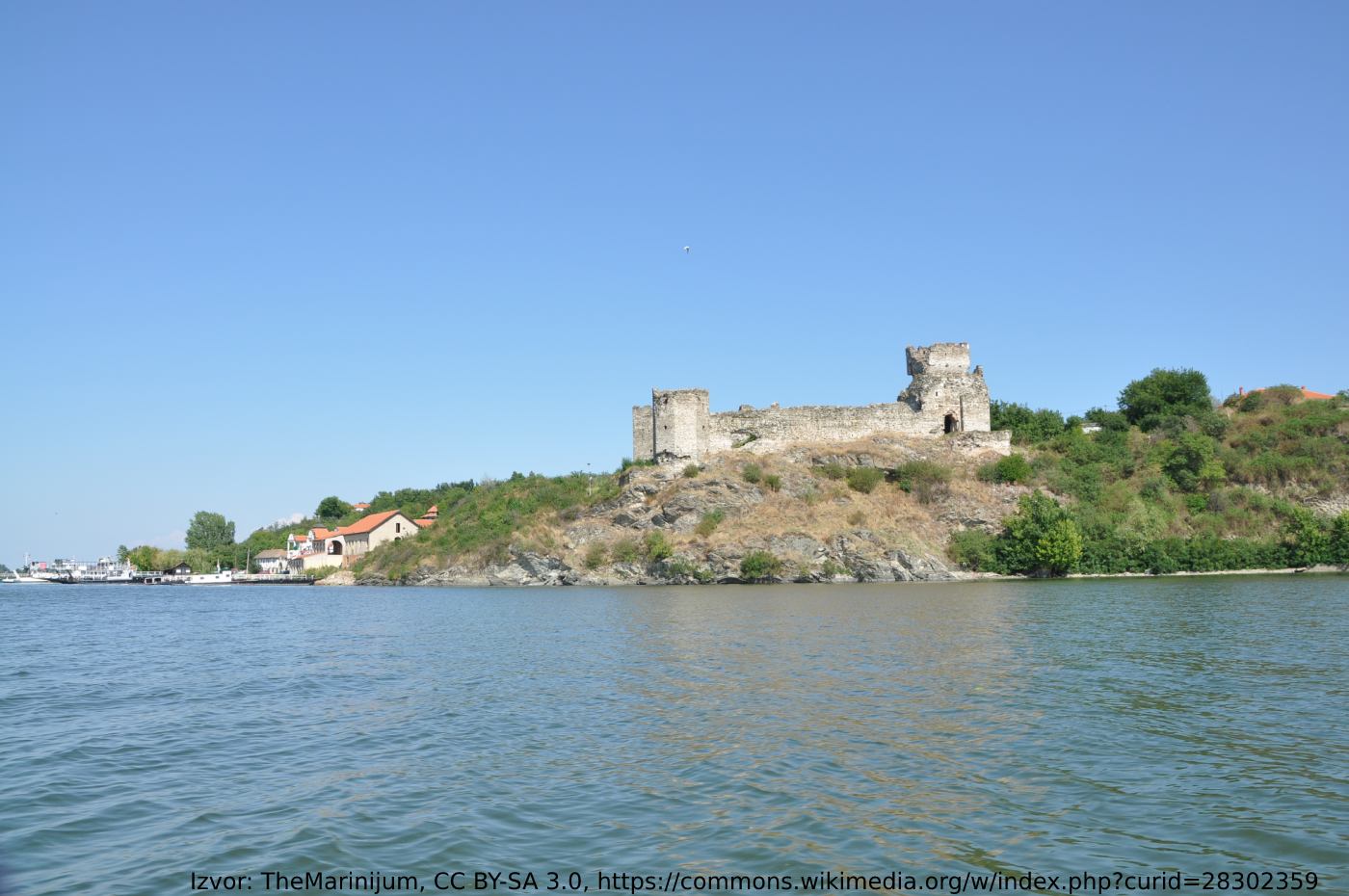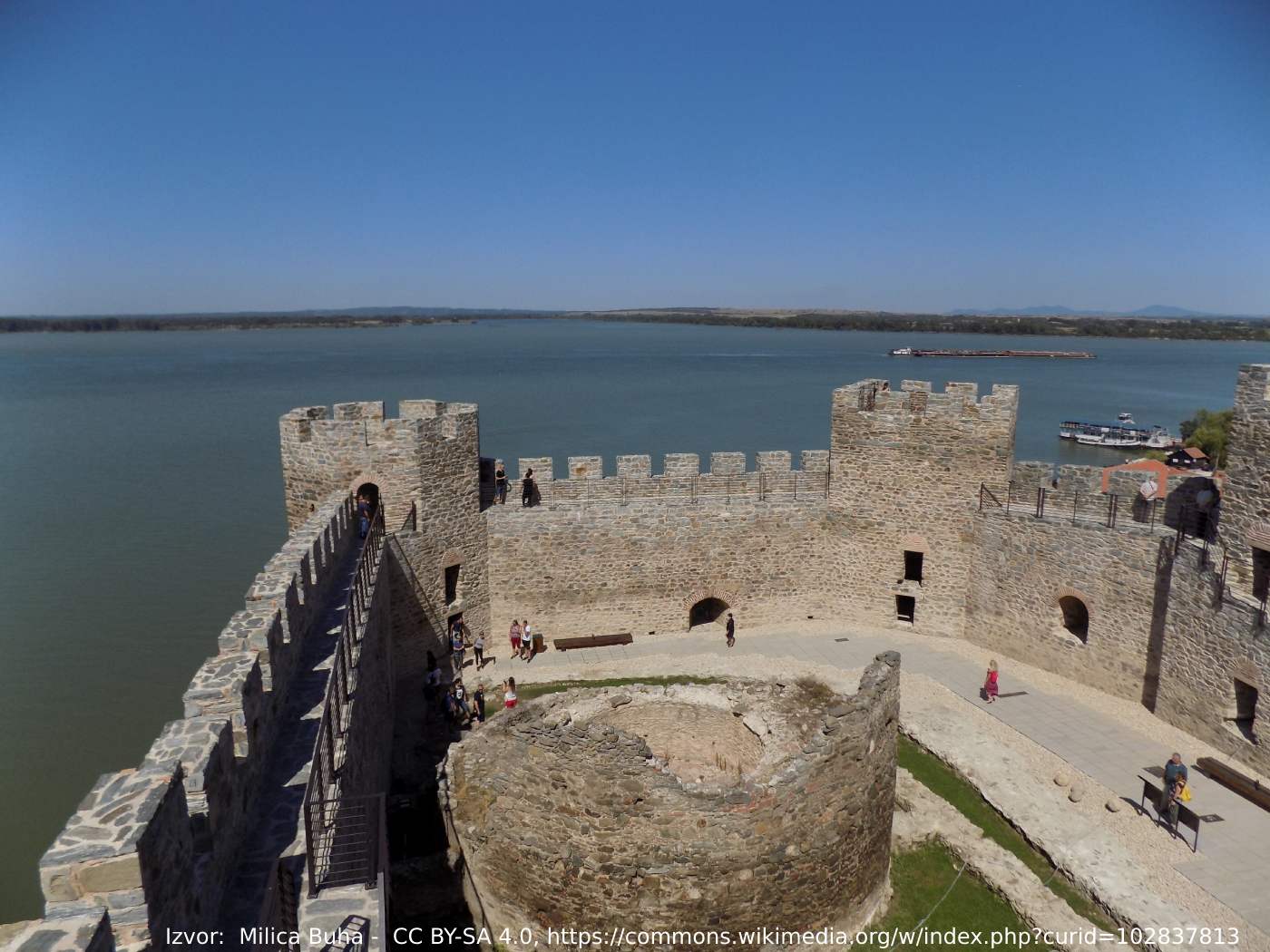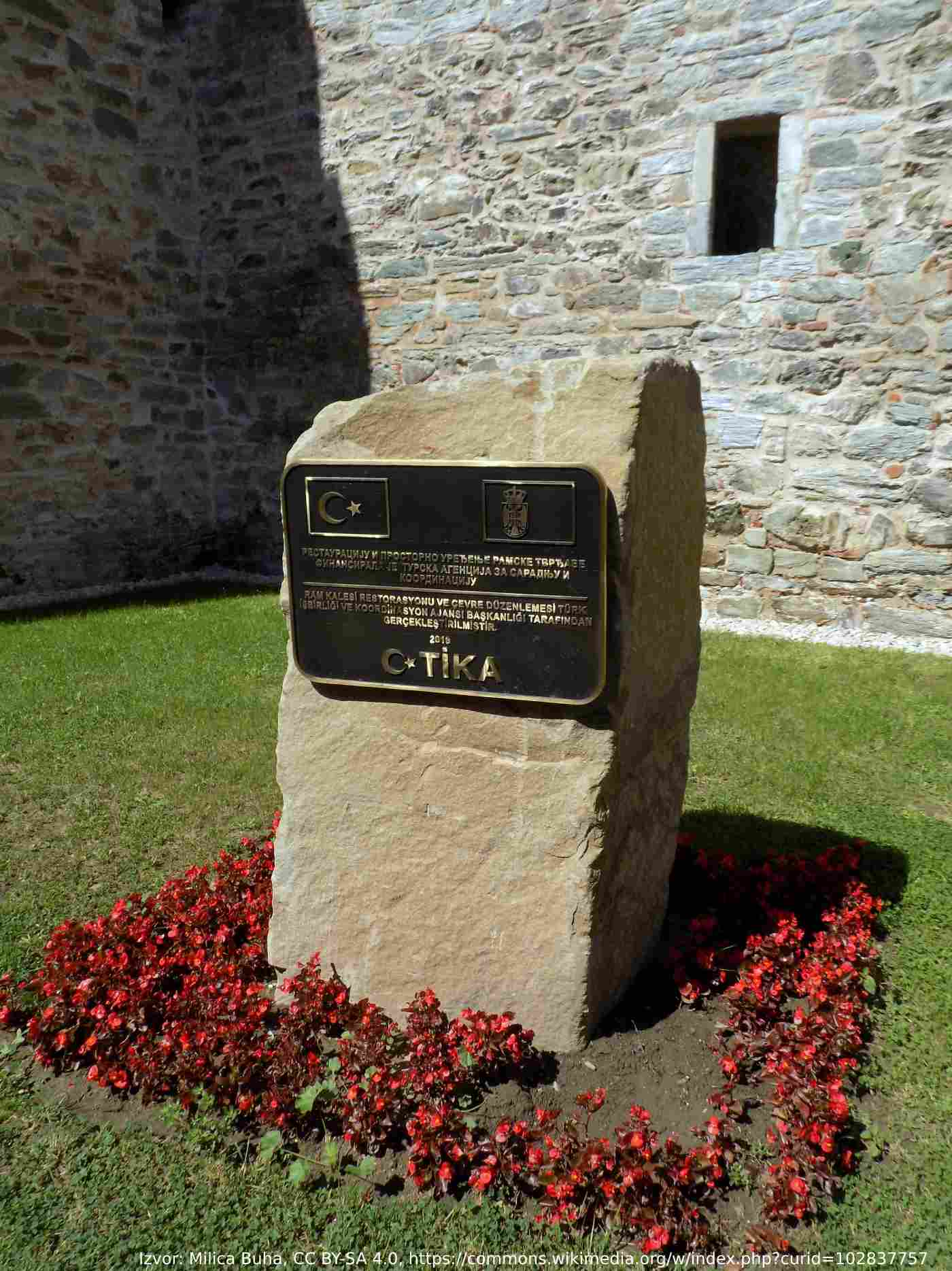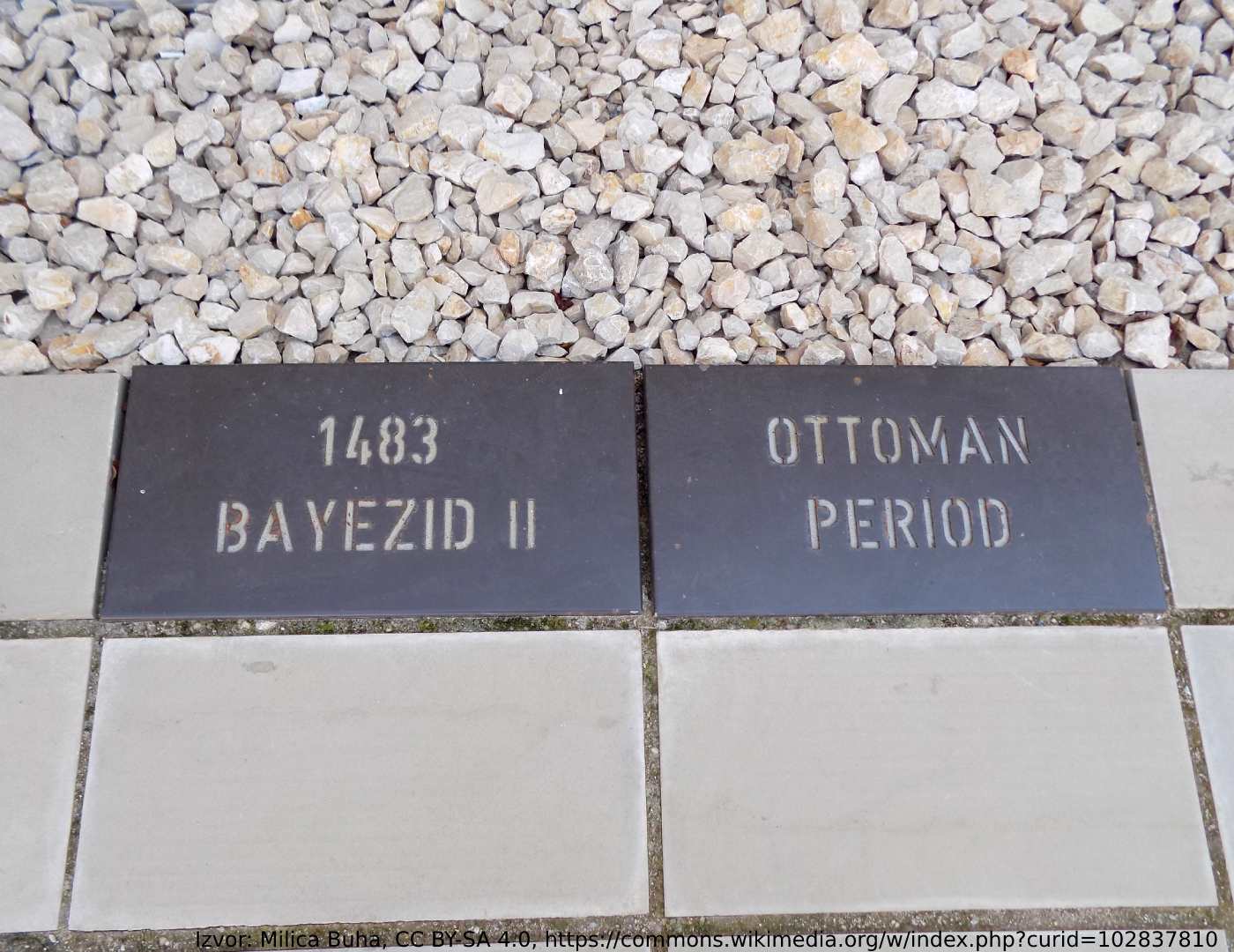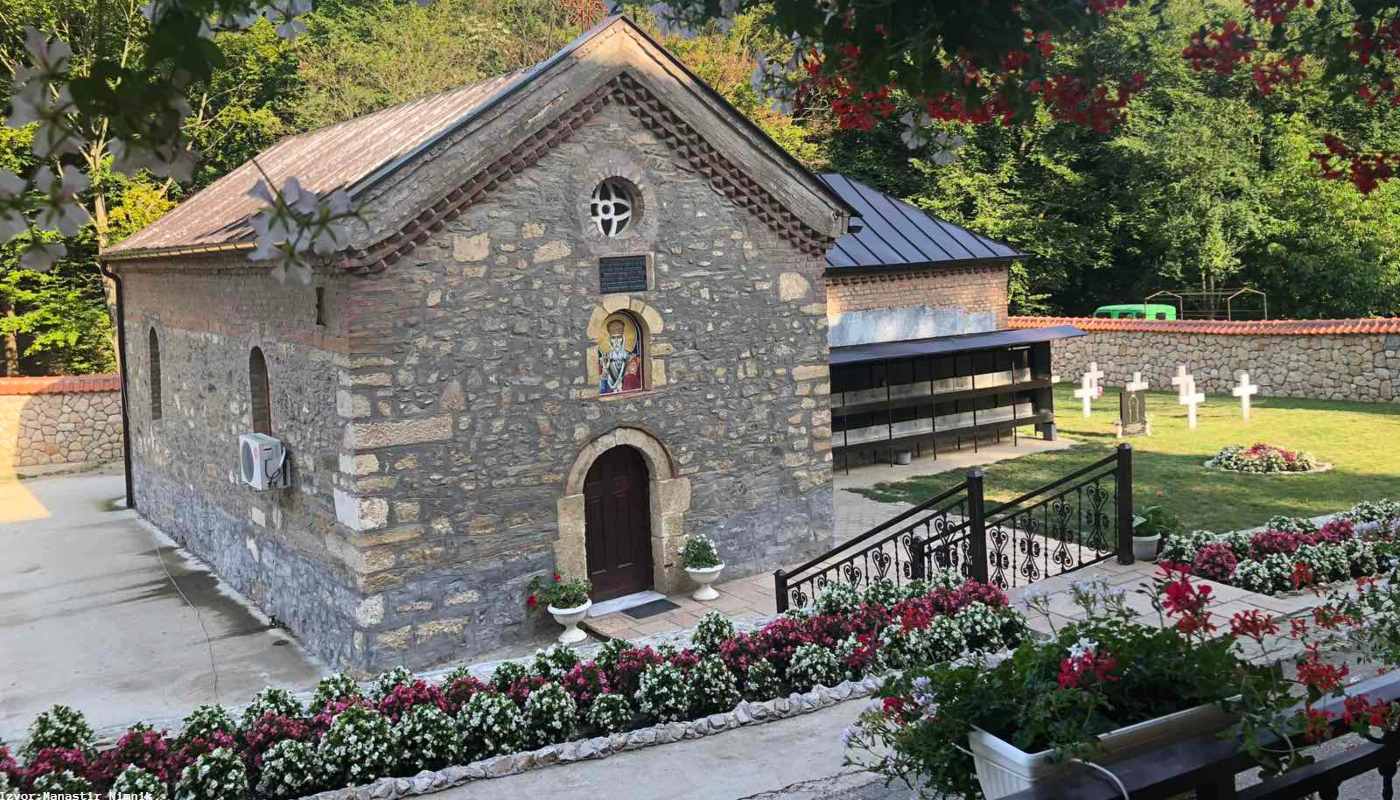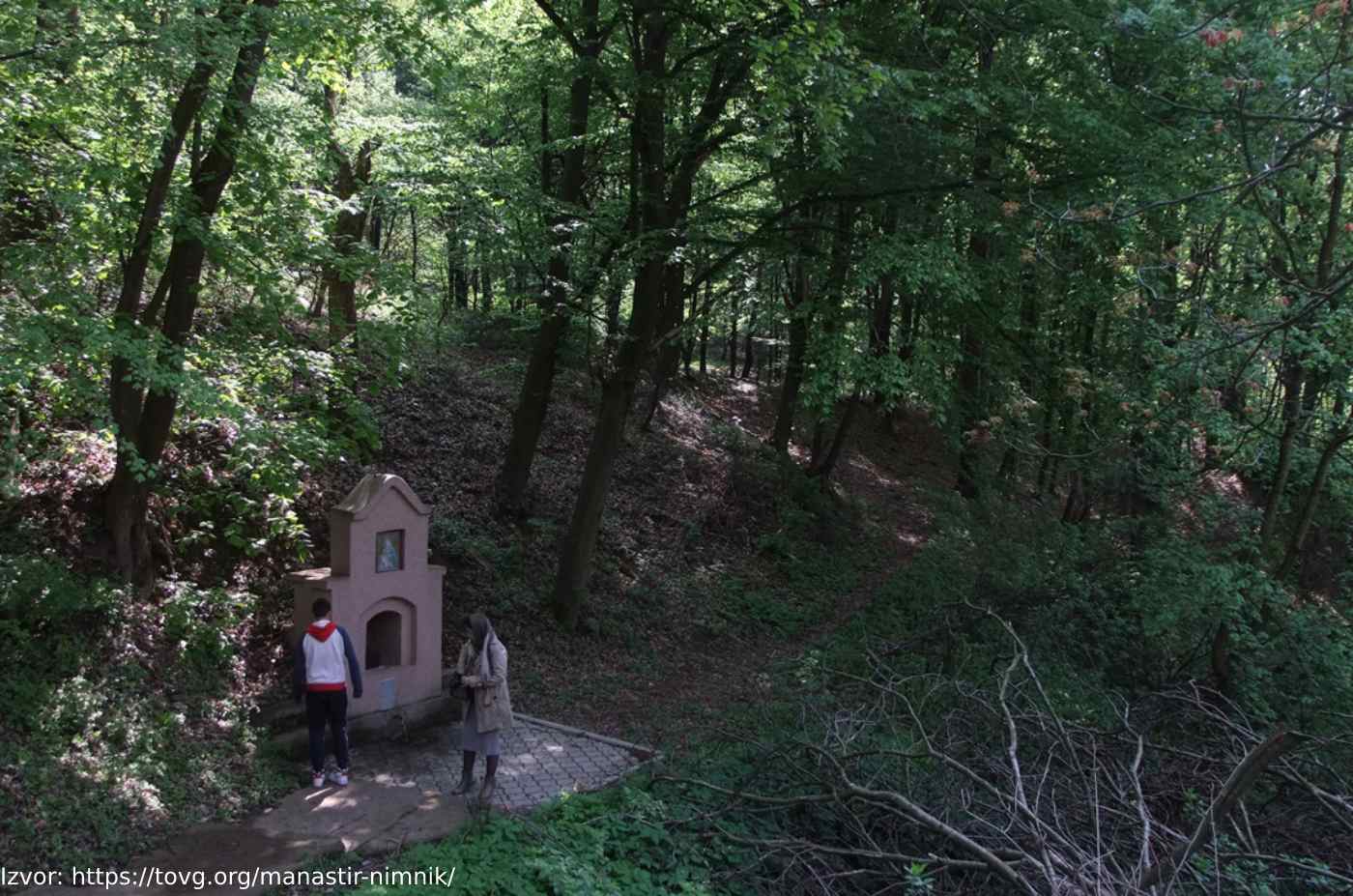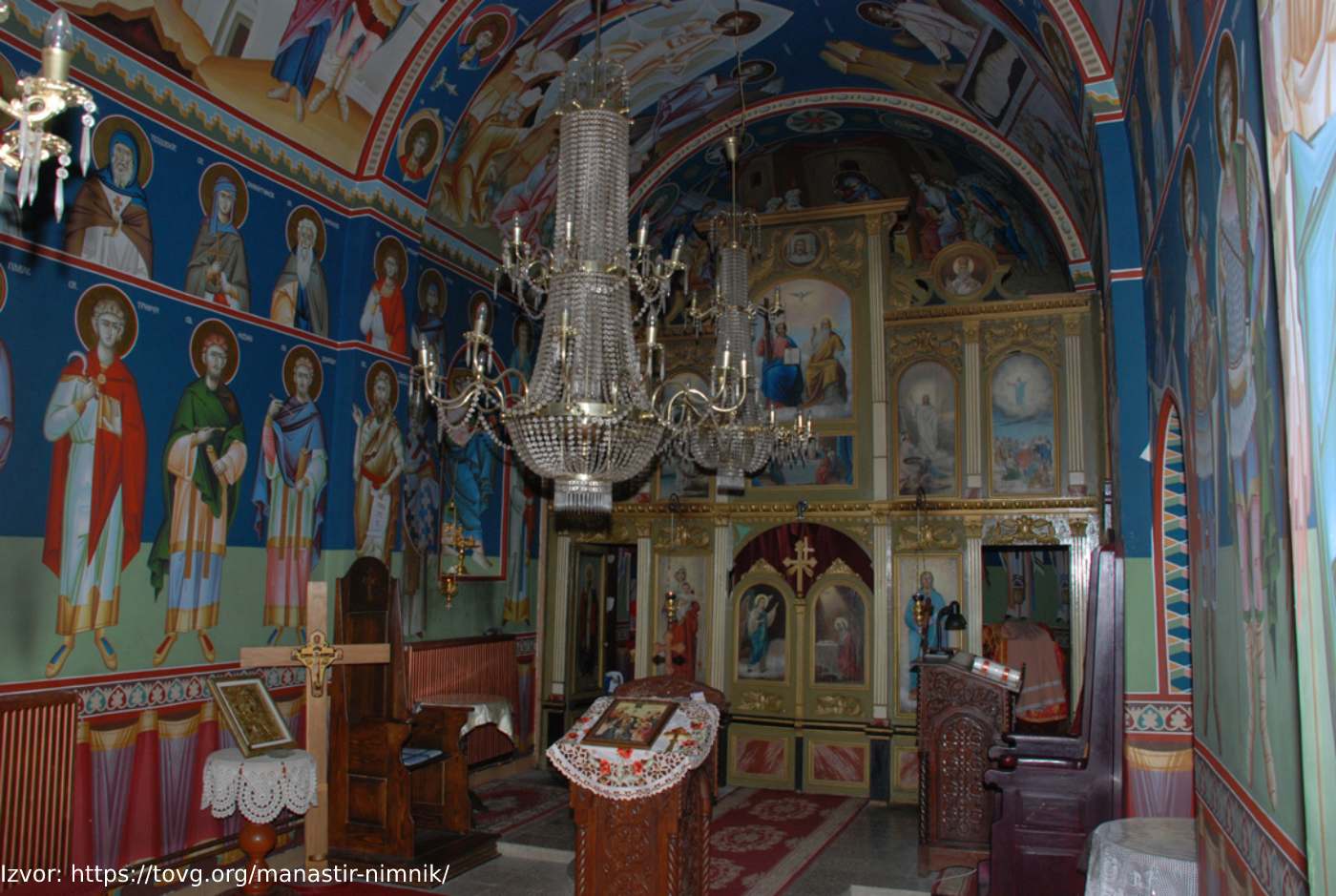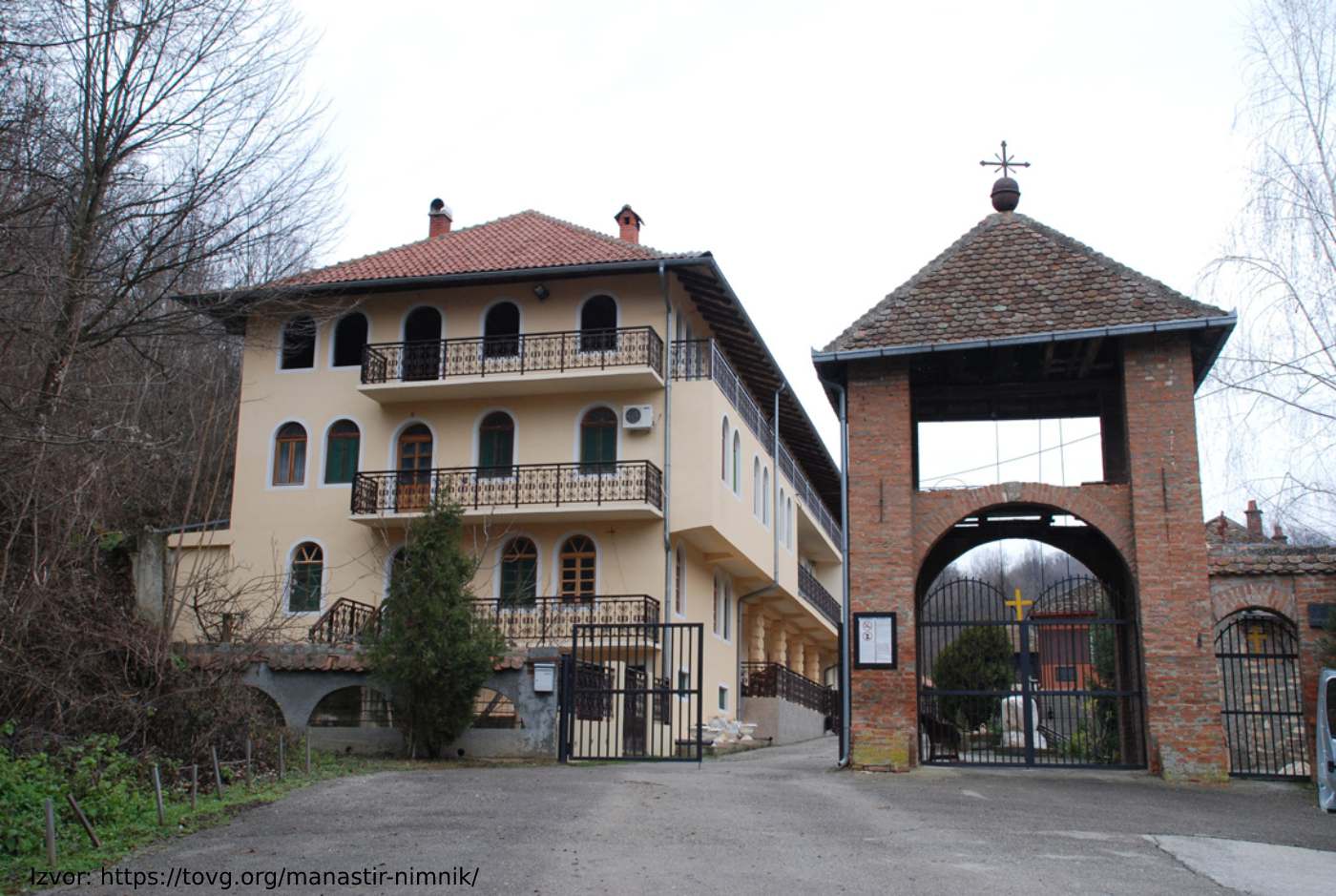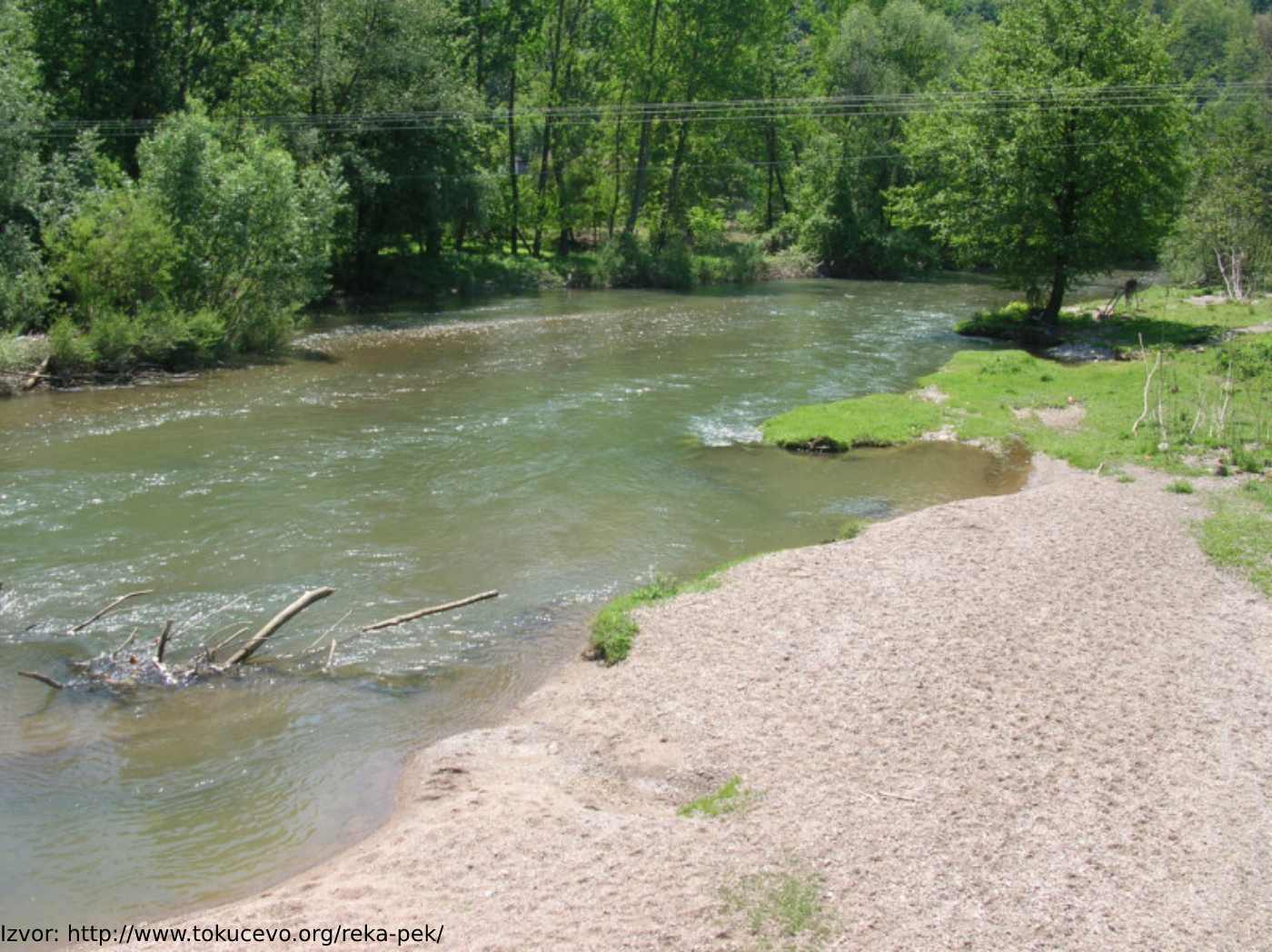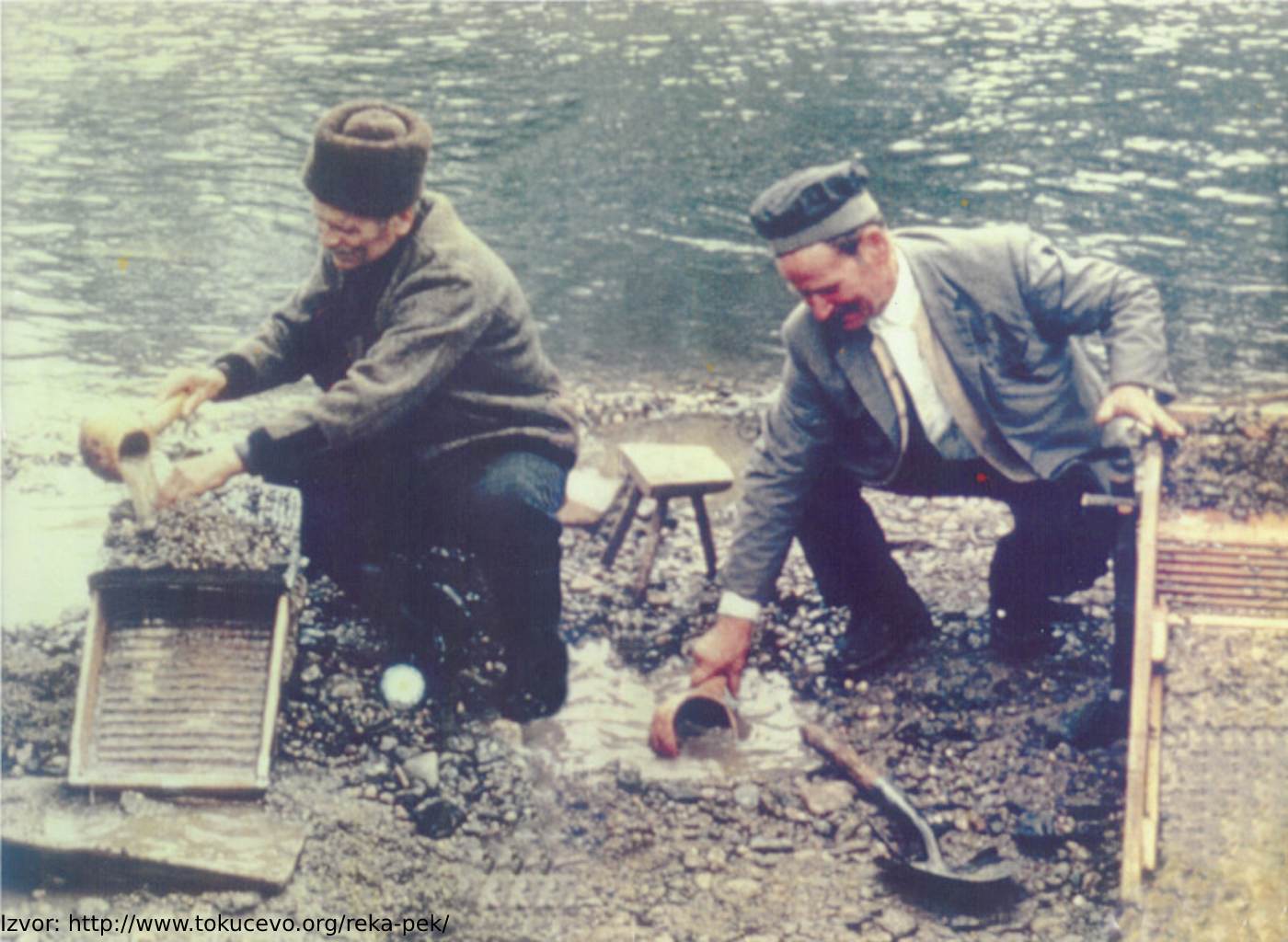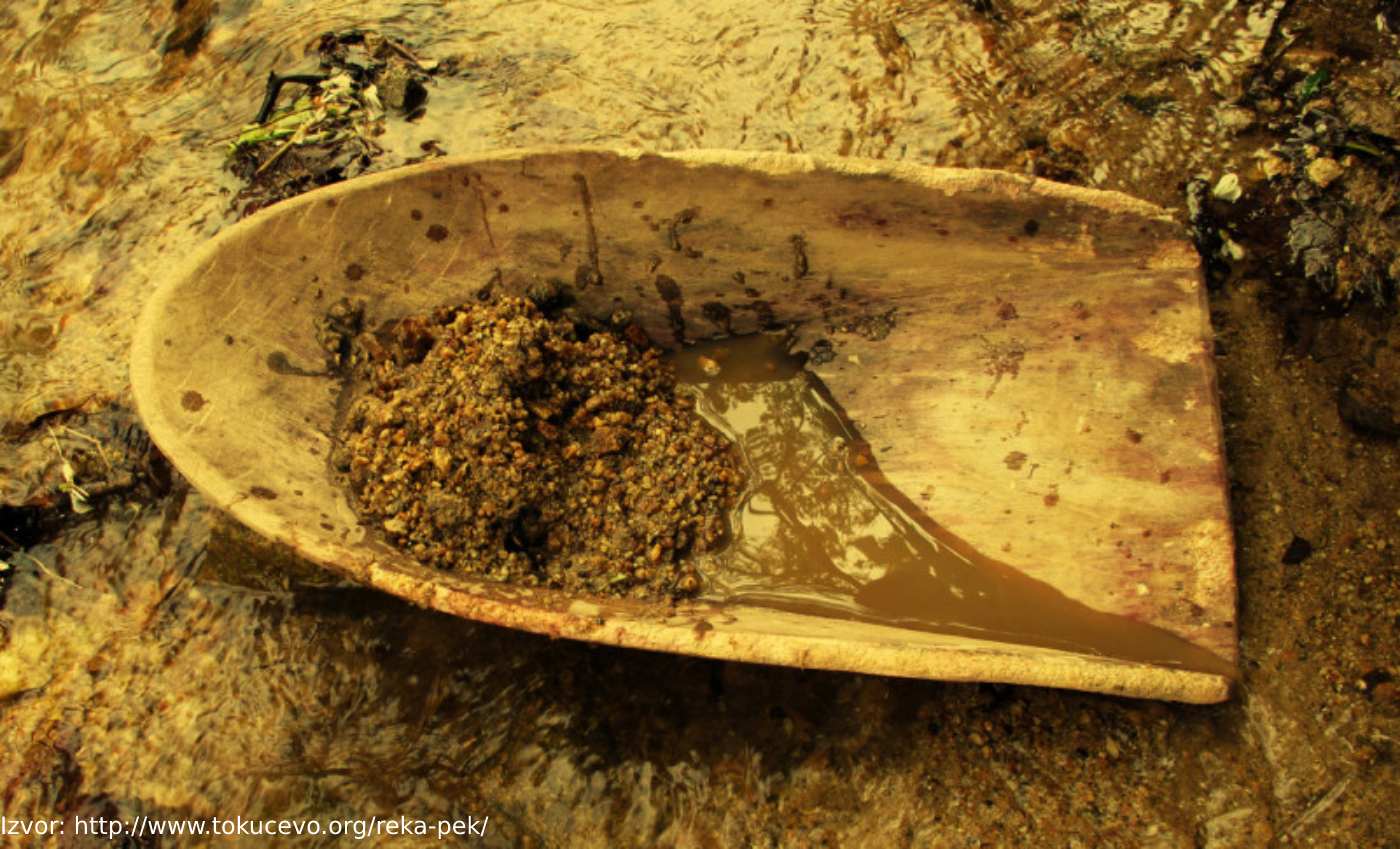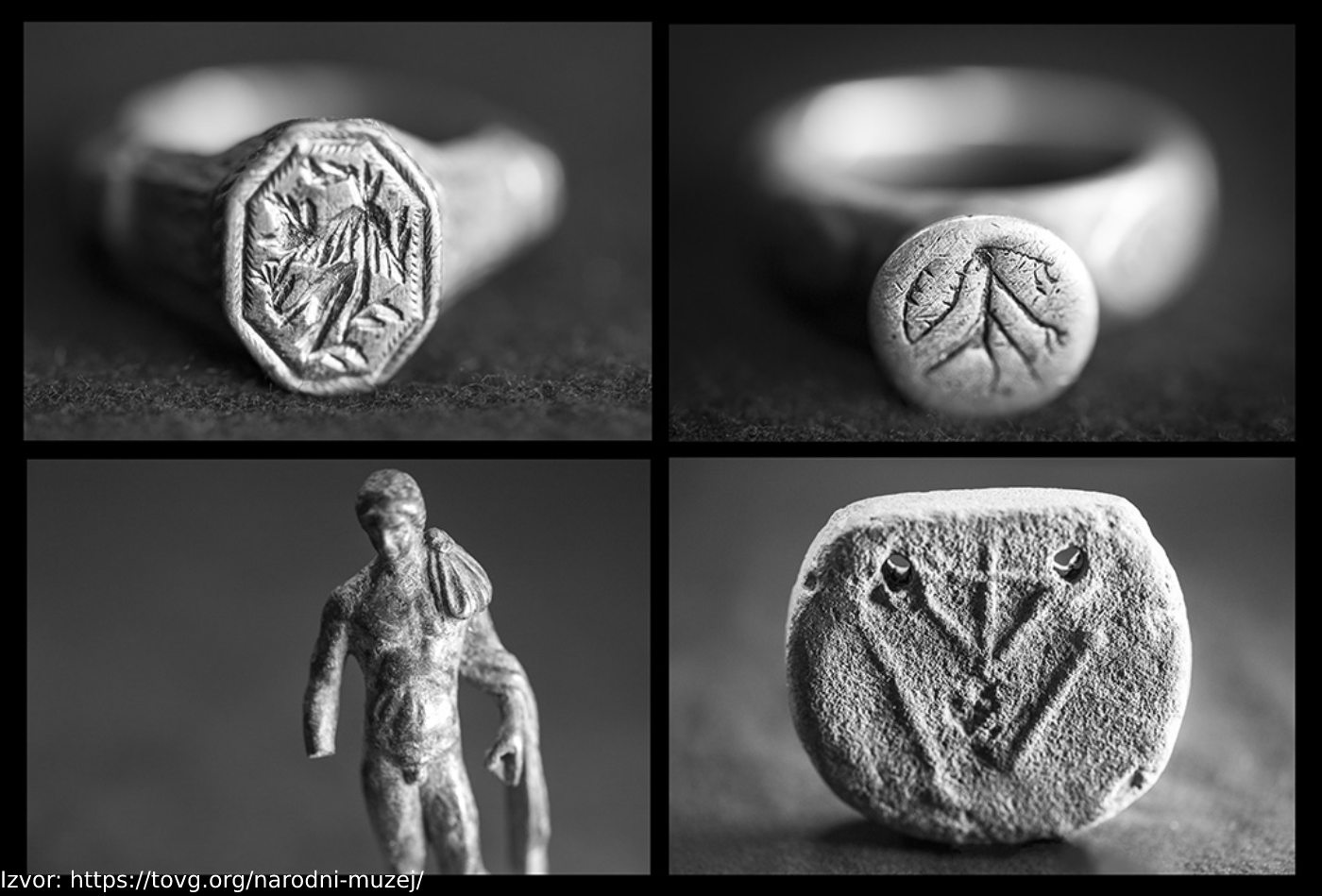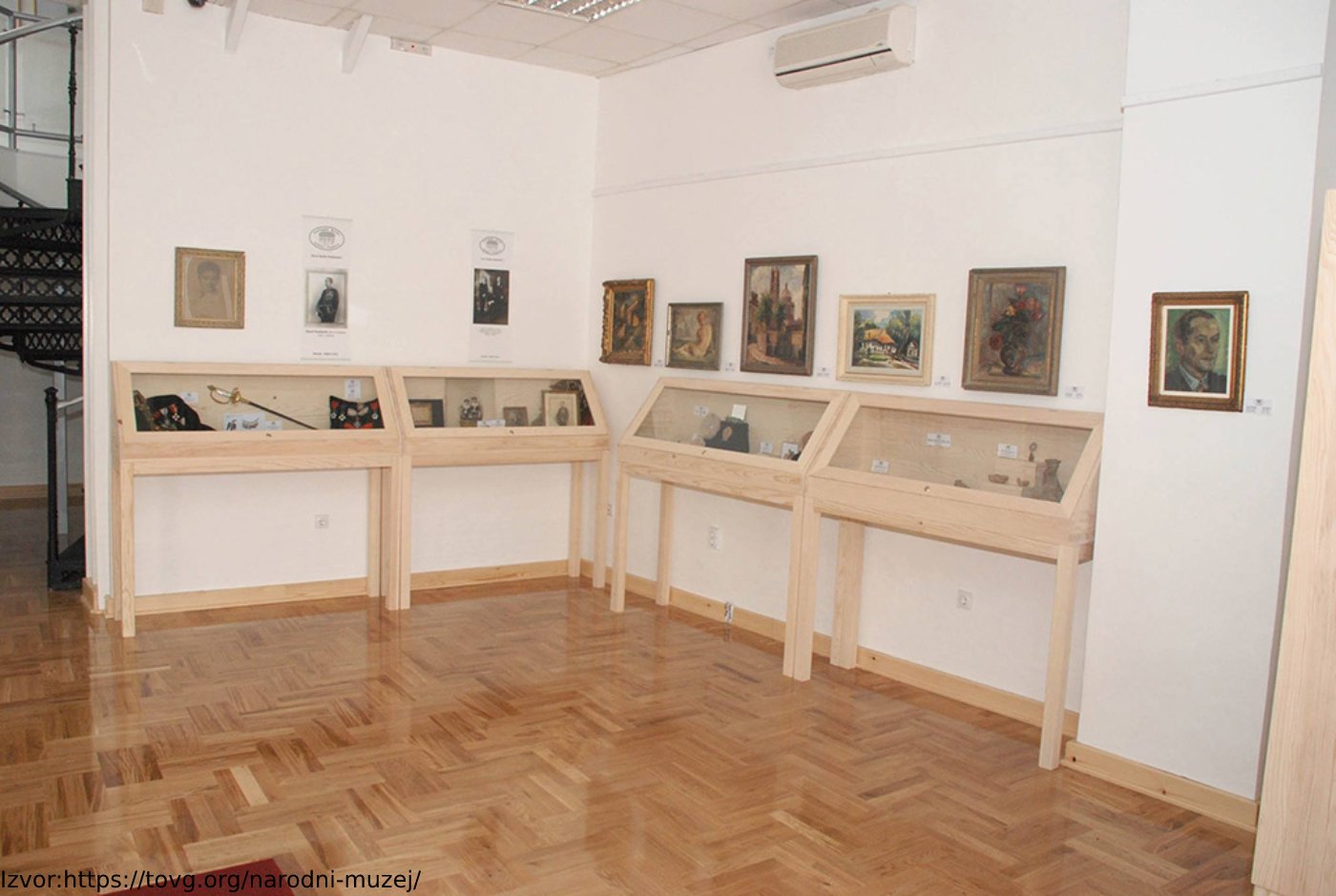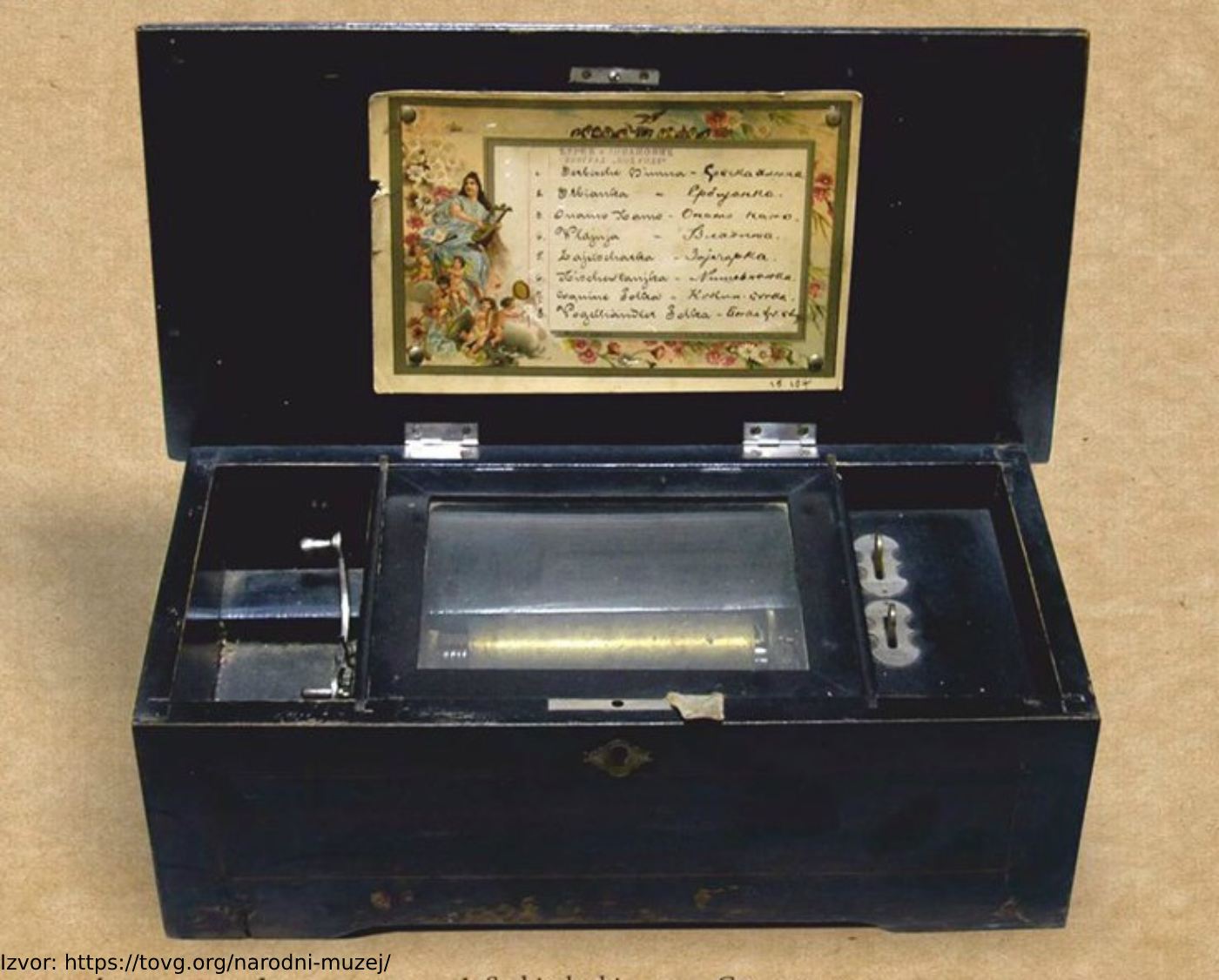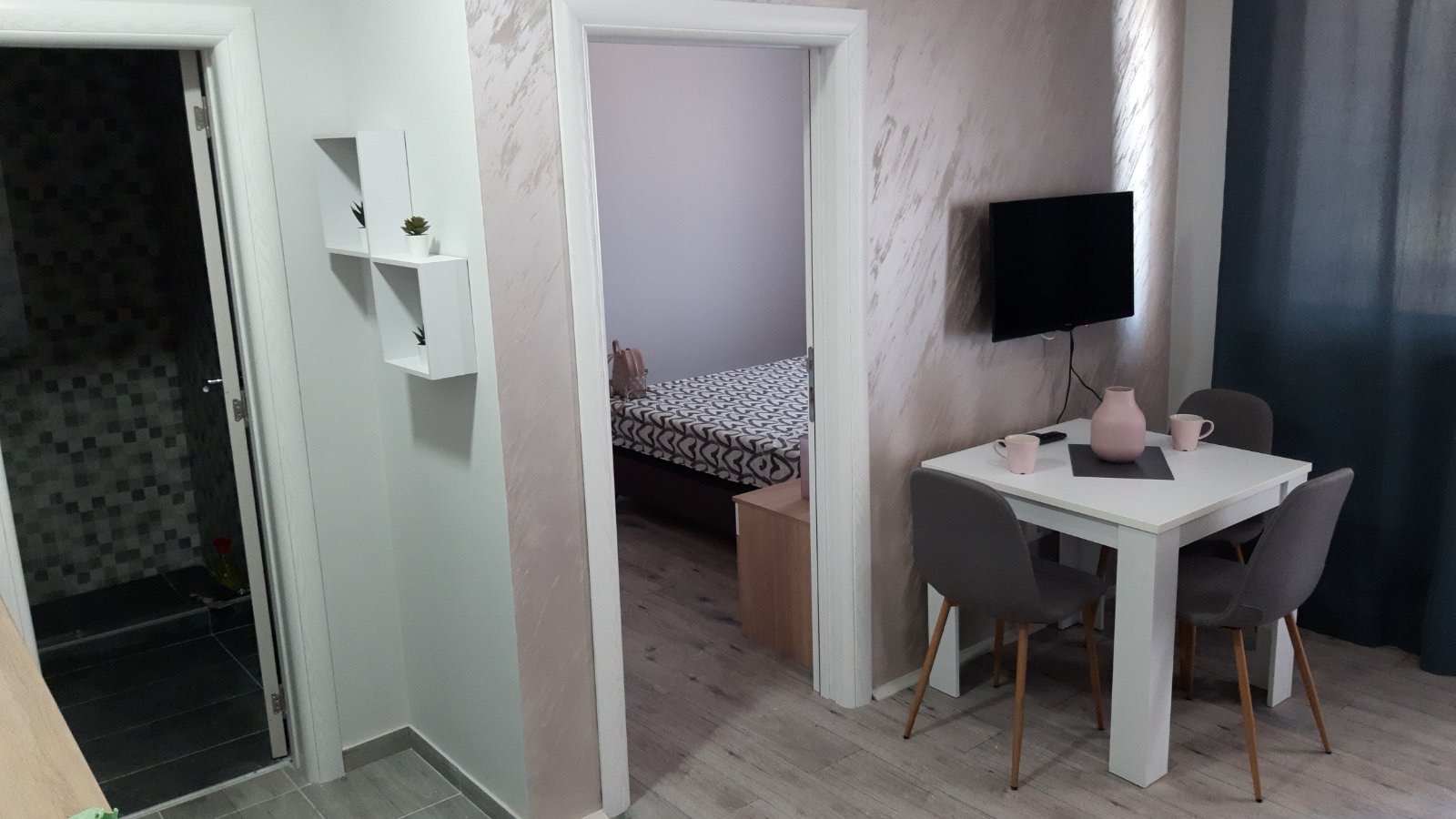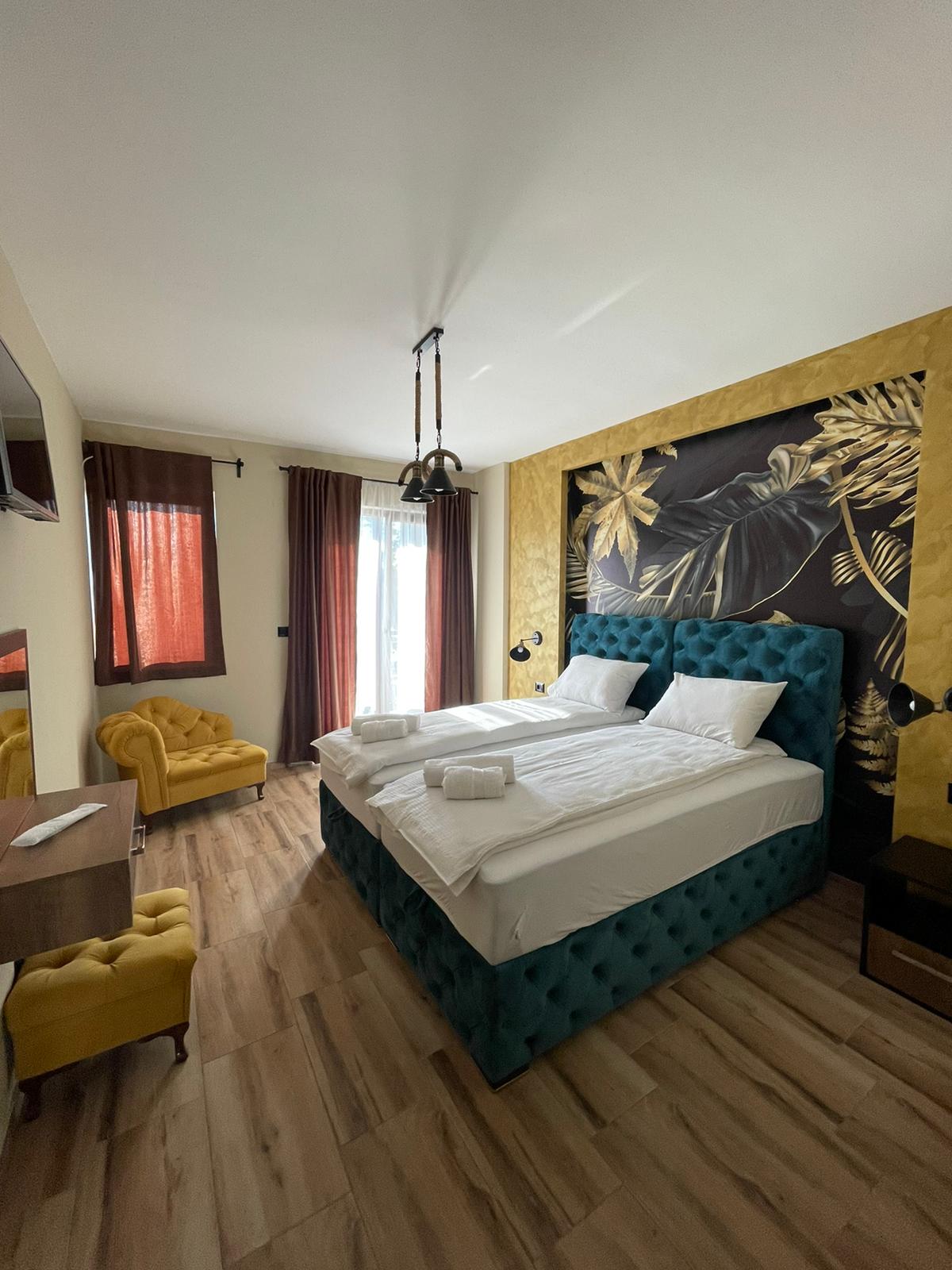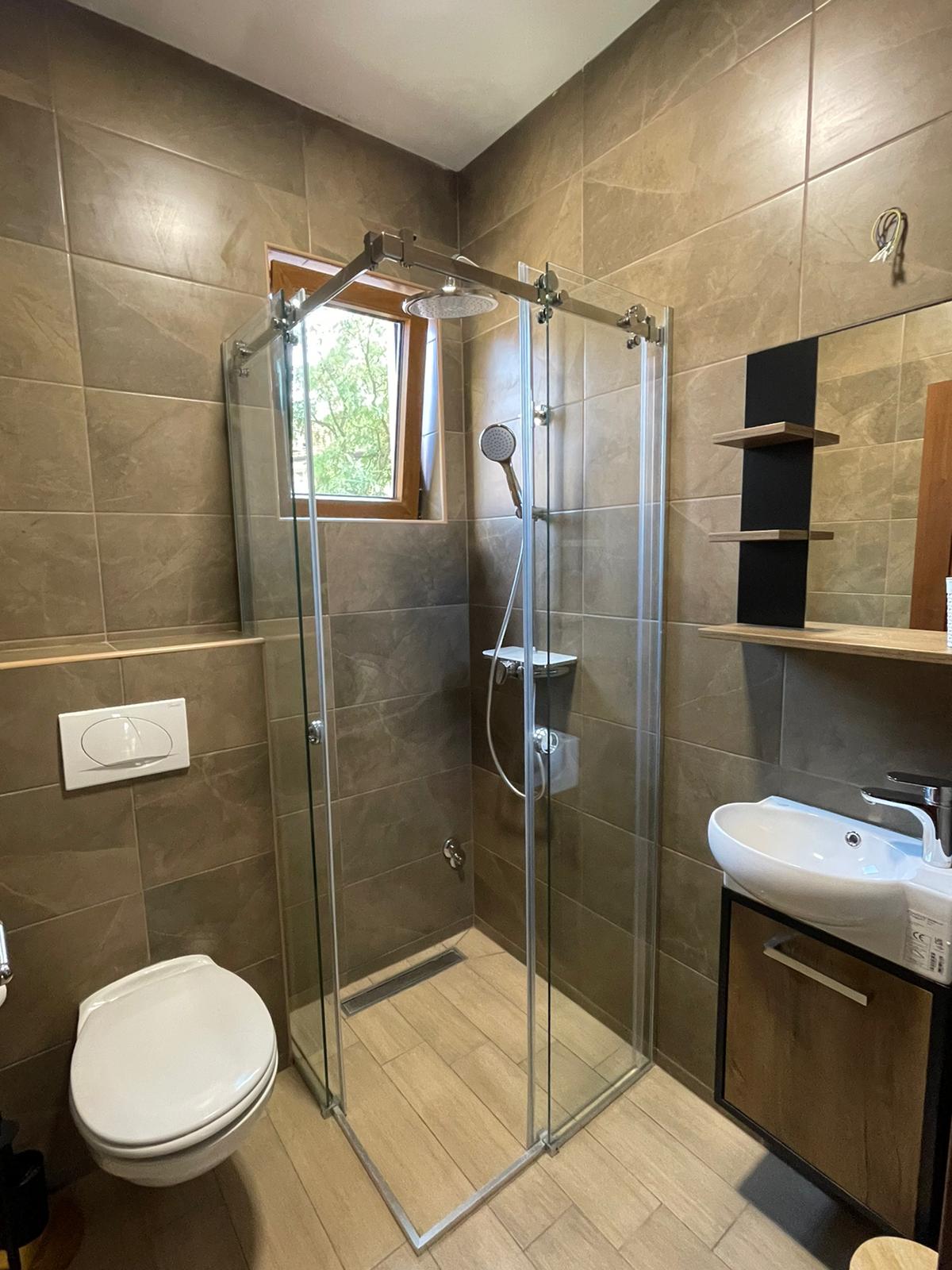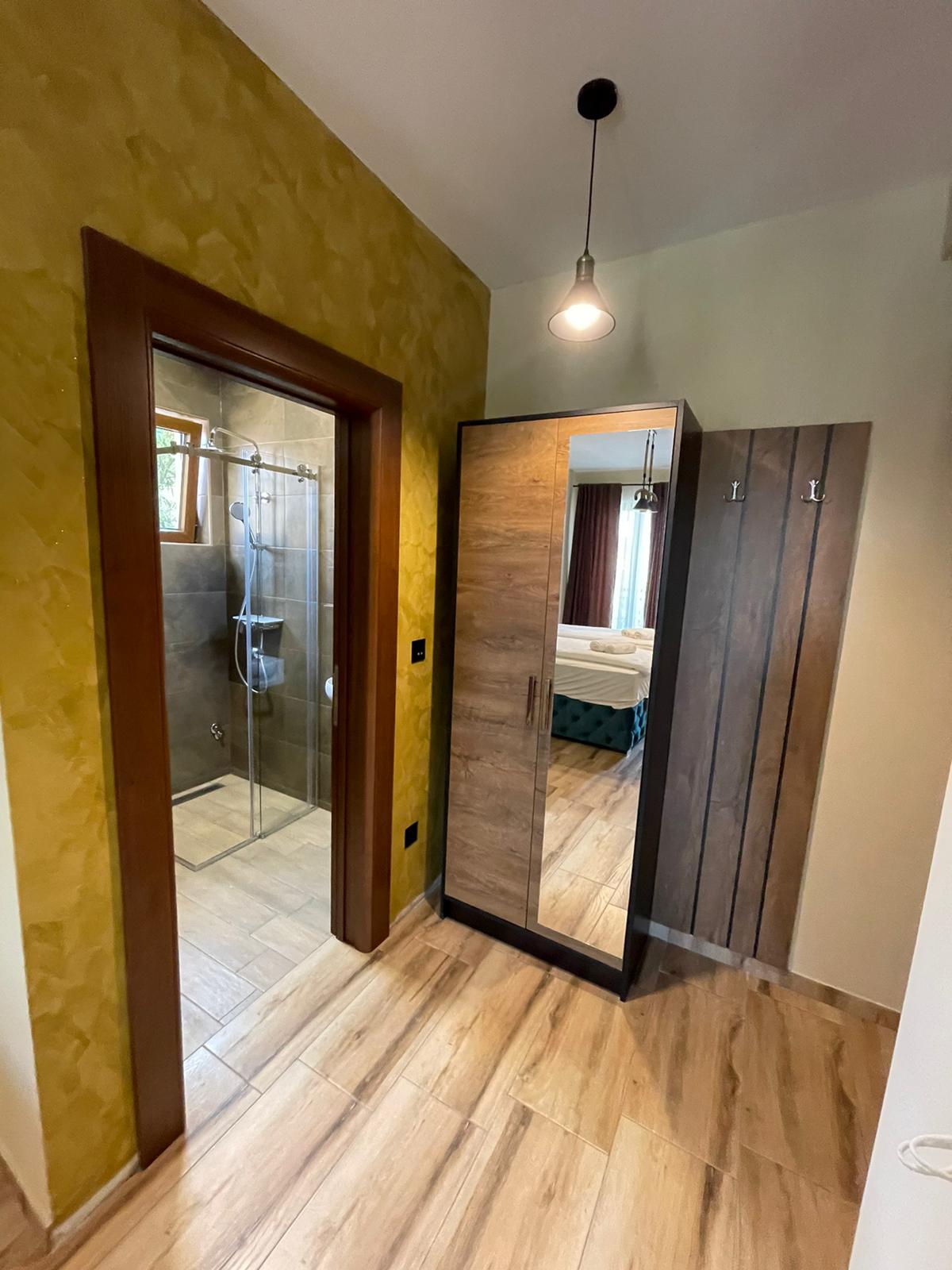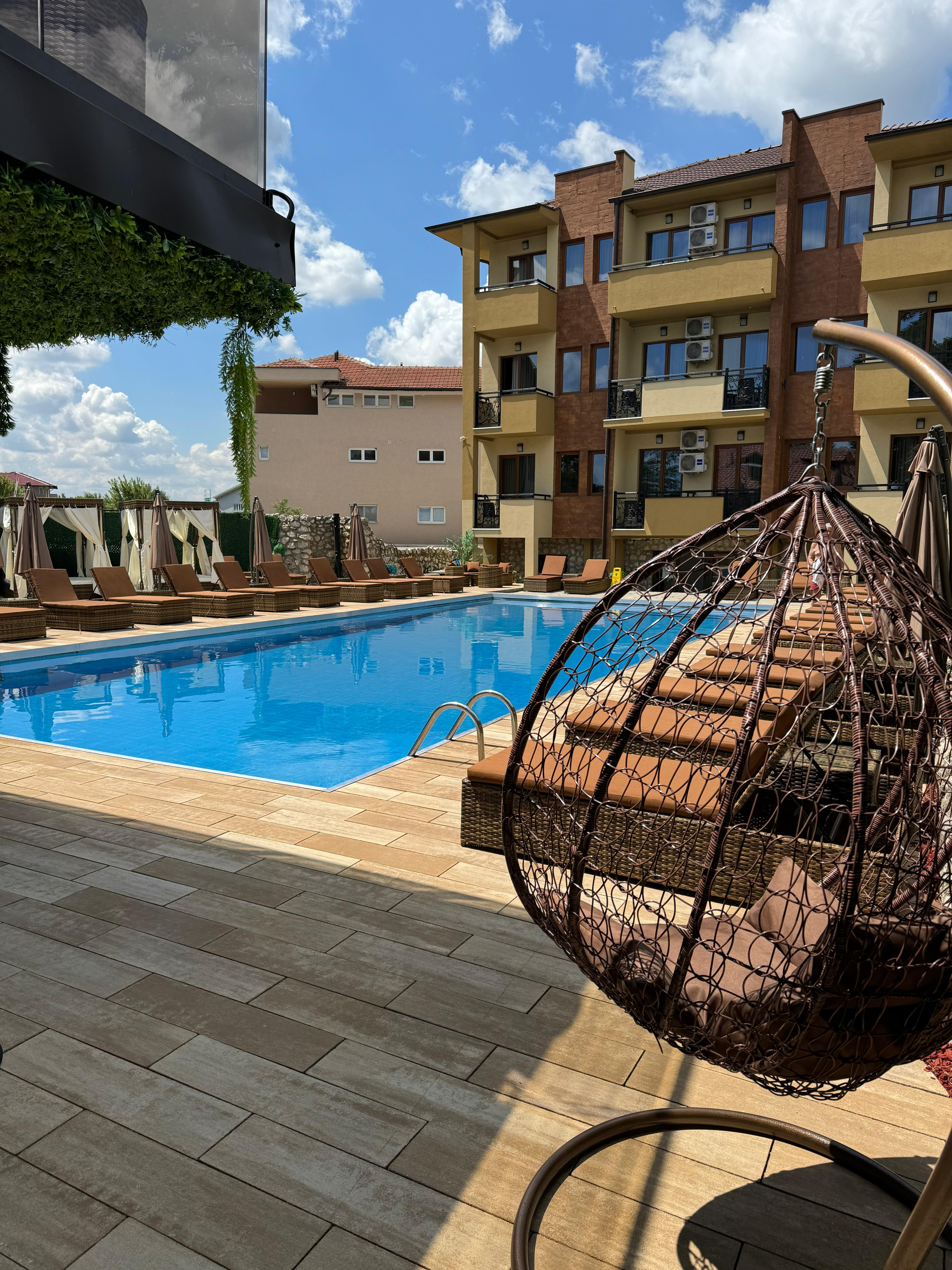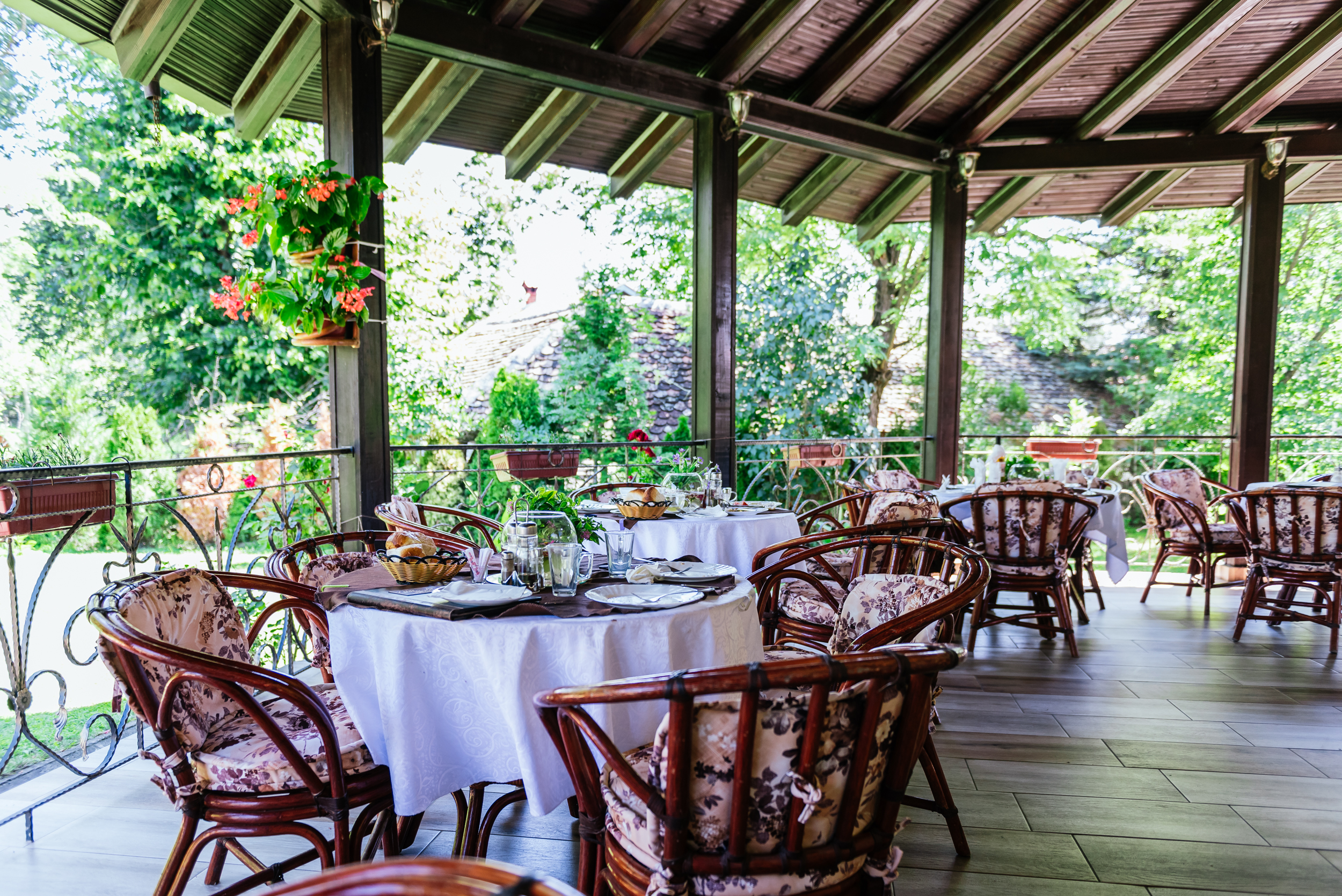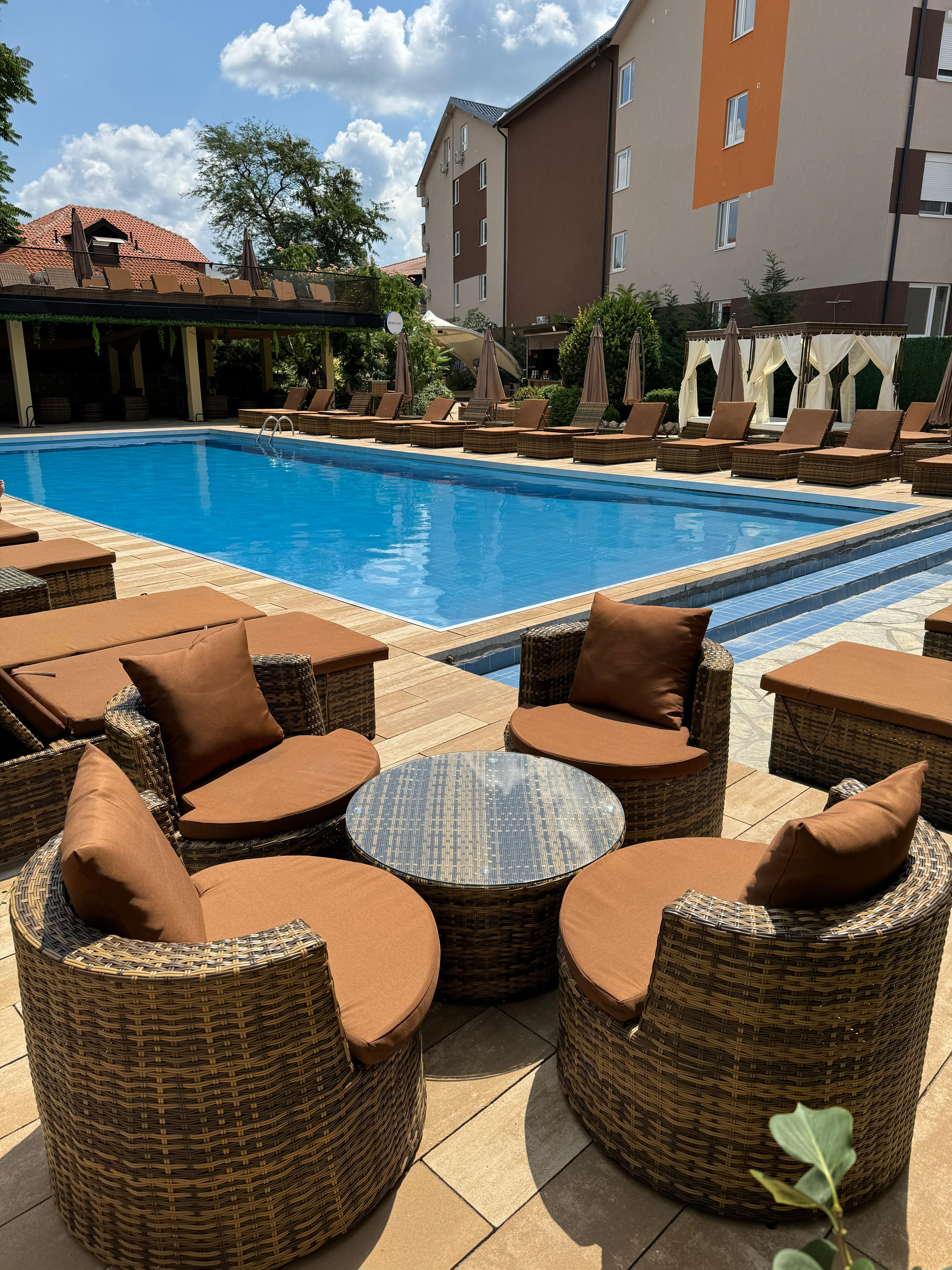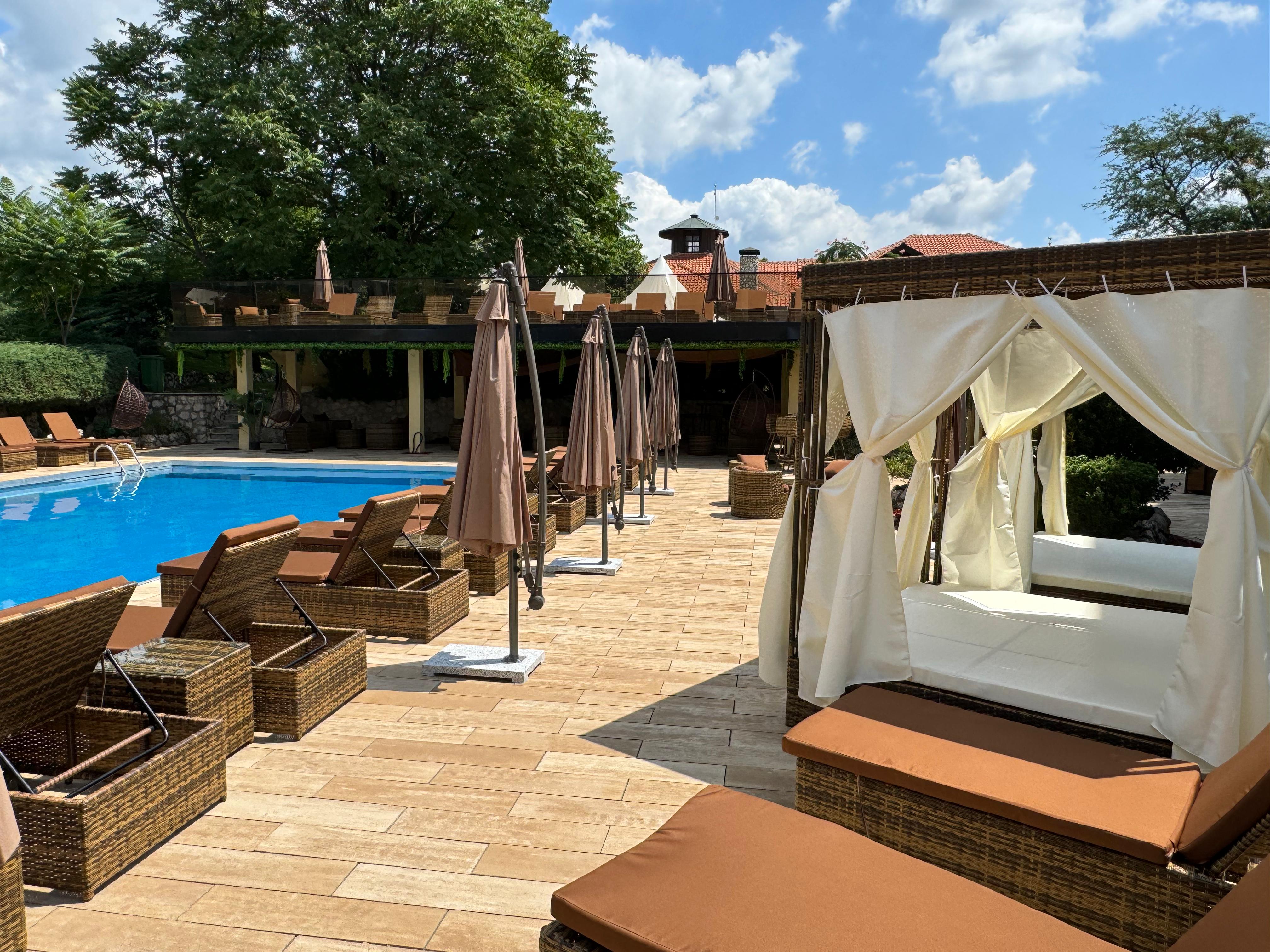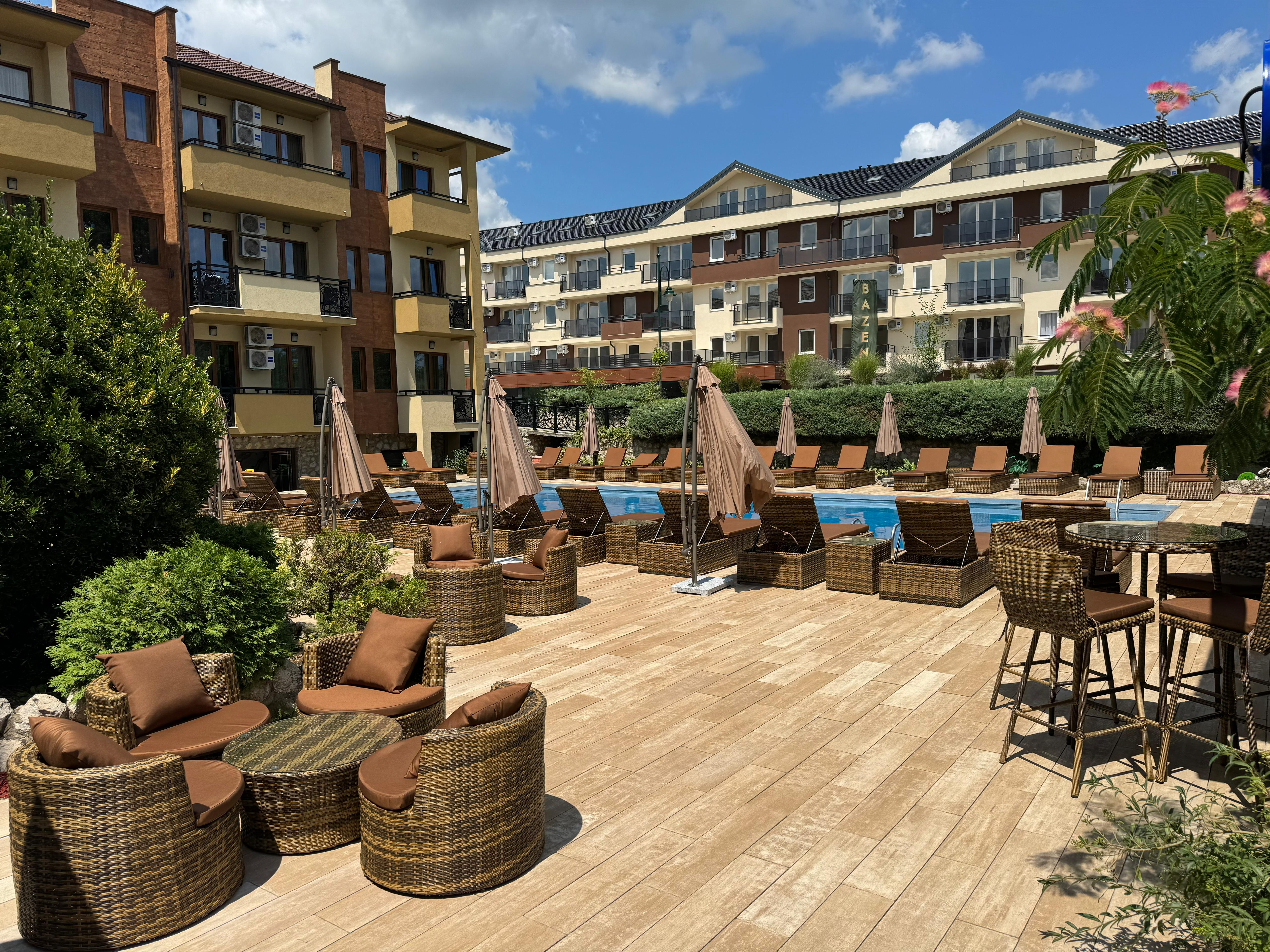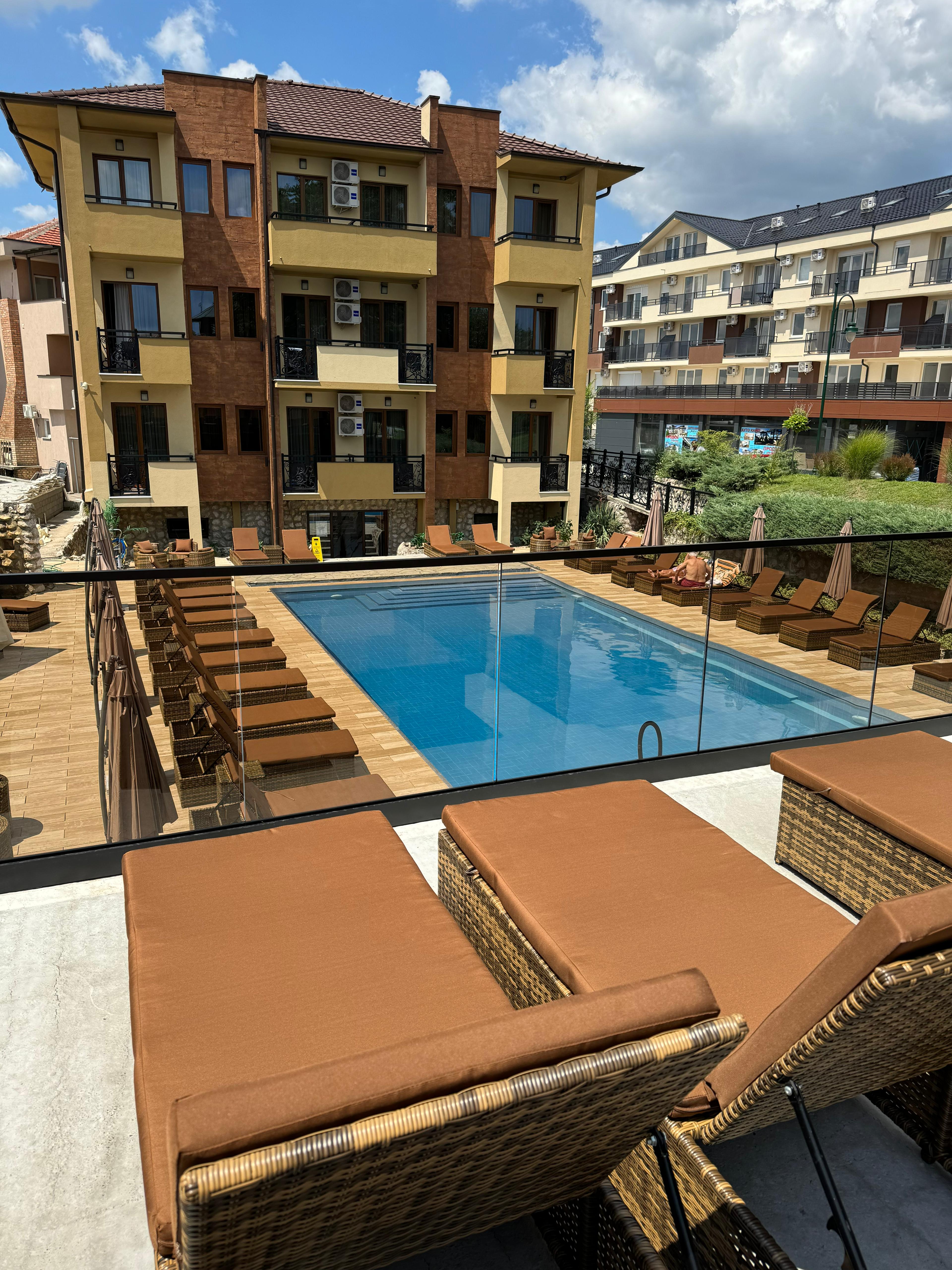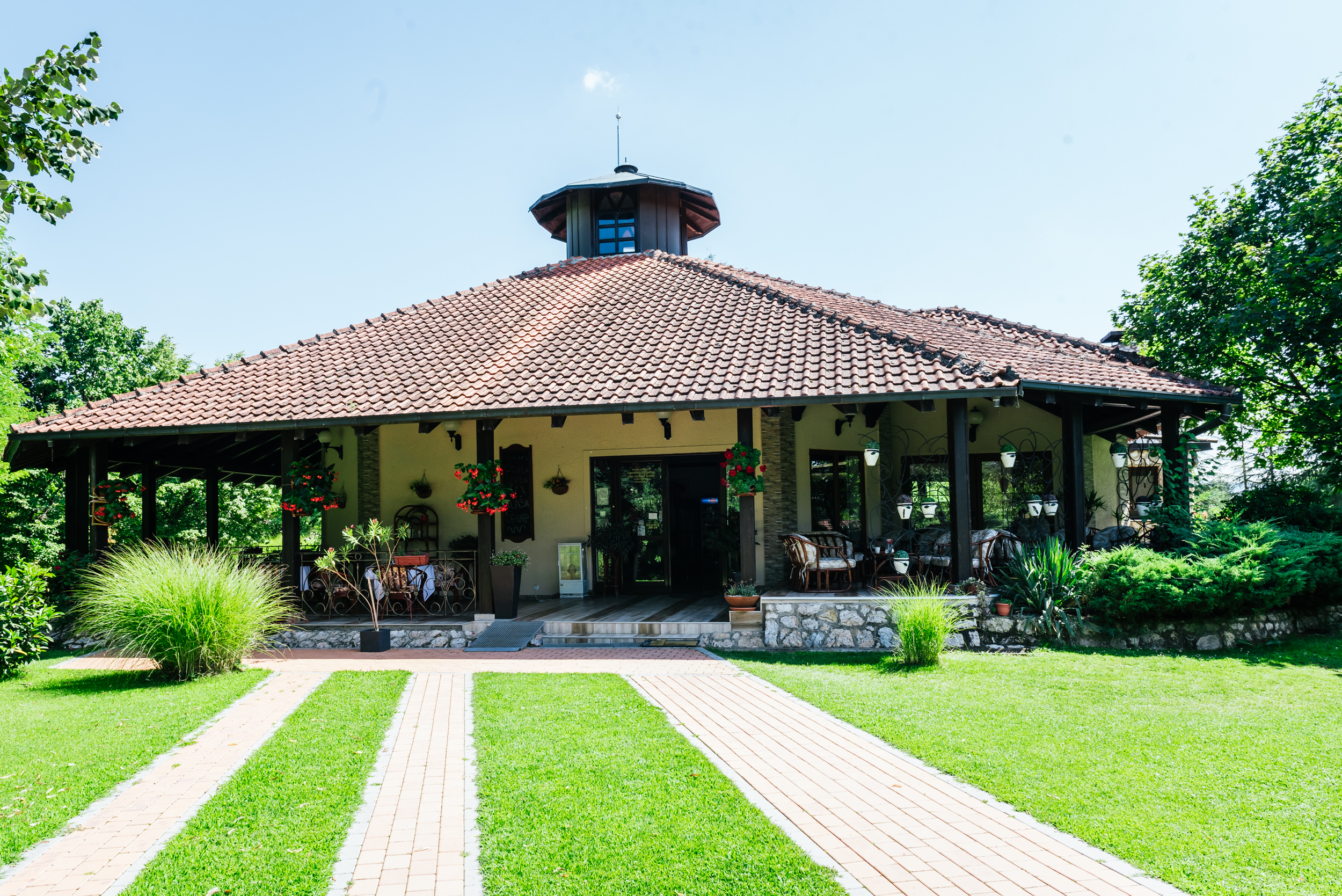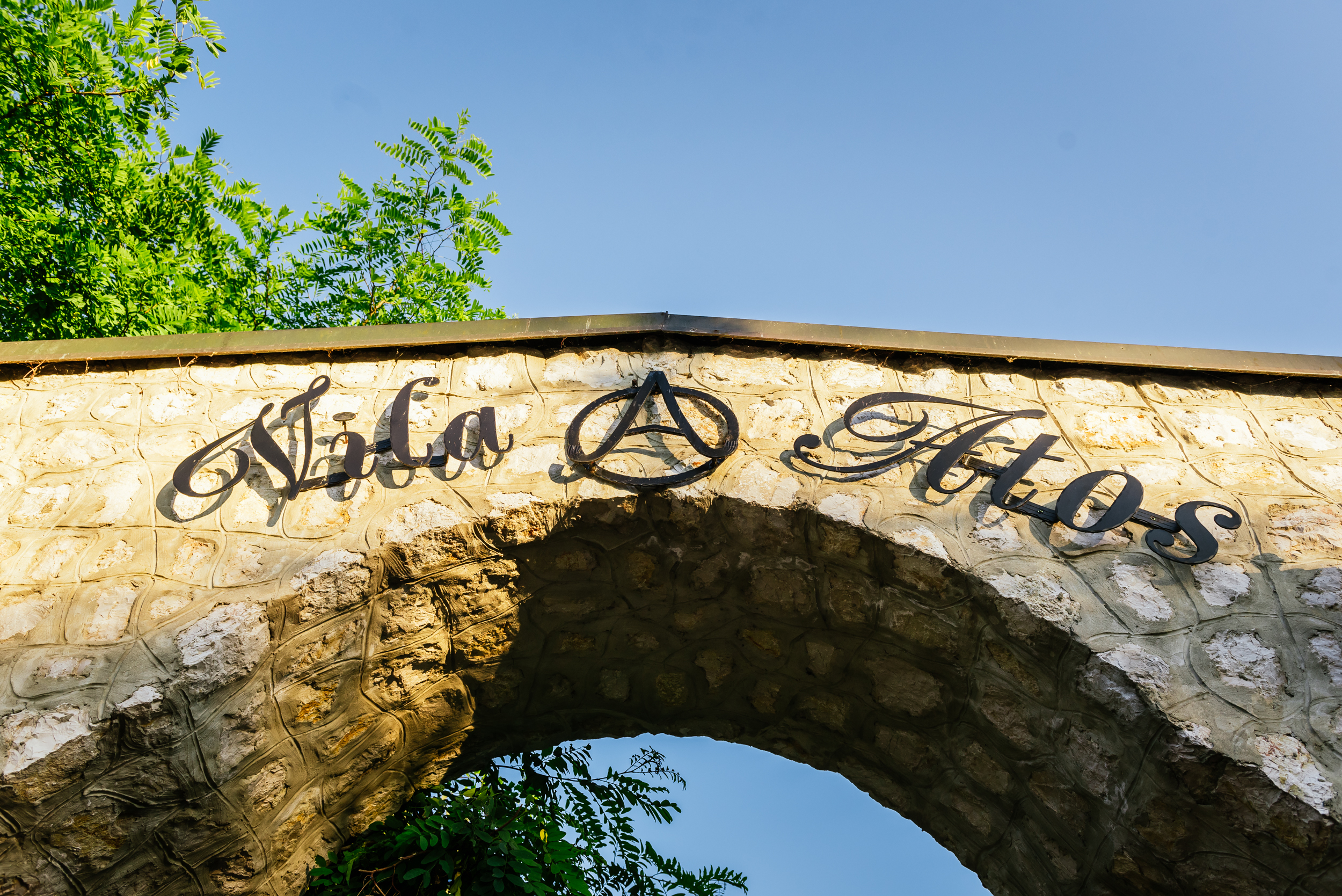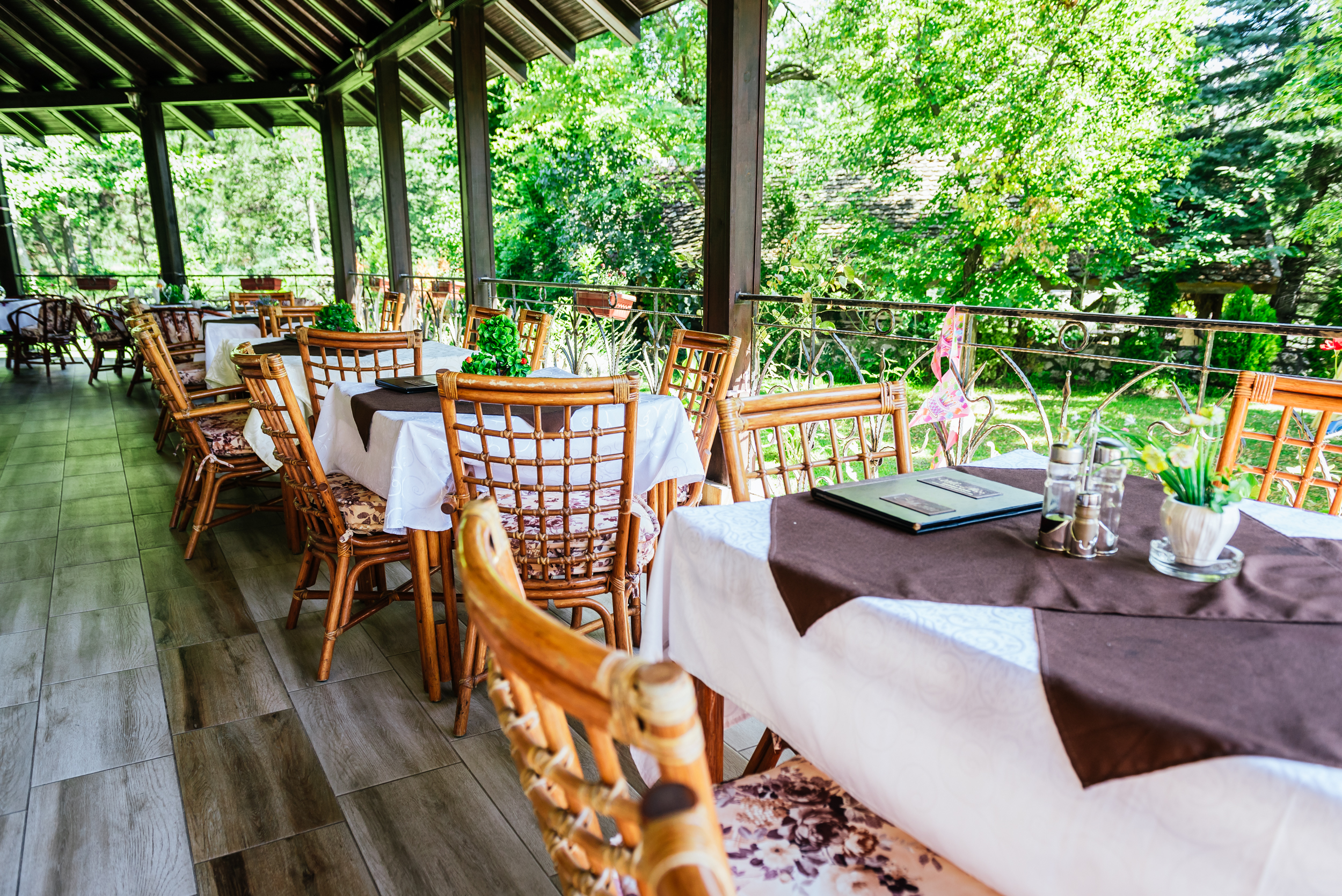Lepenski Vir
Share this attraction
Back
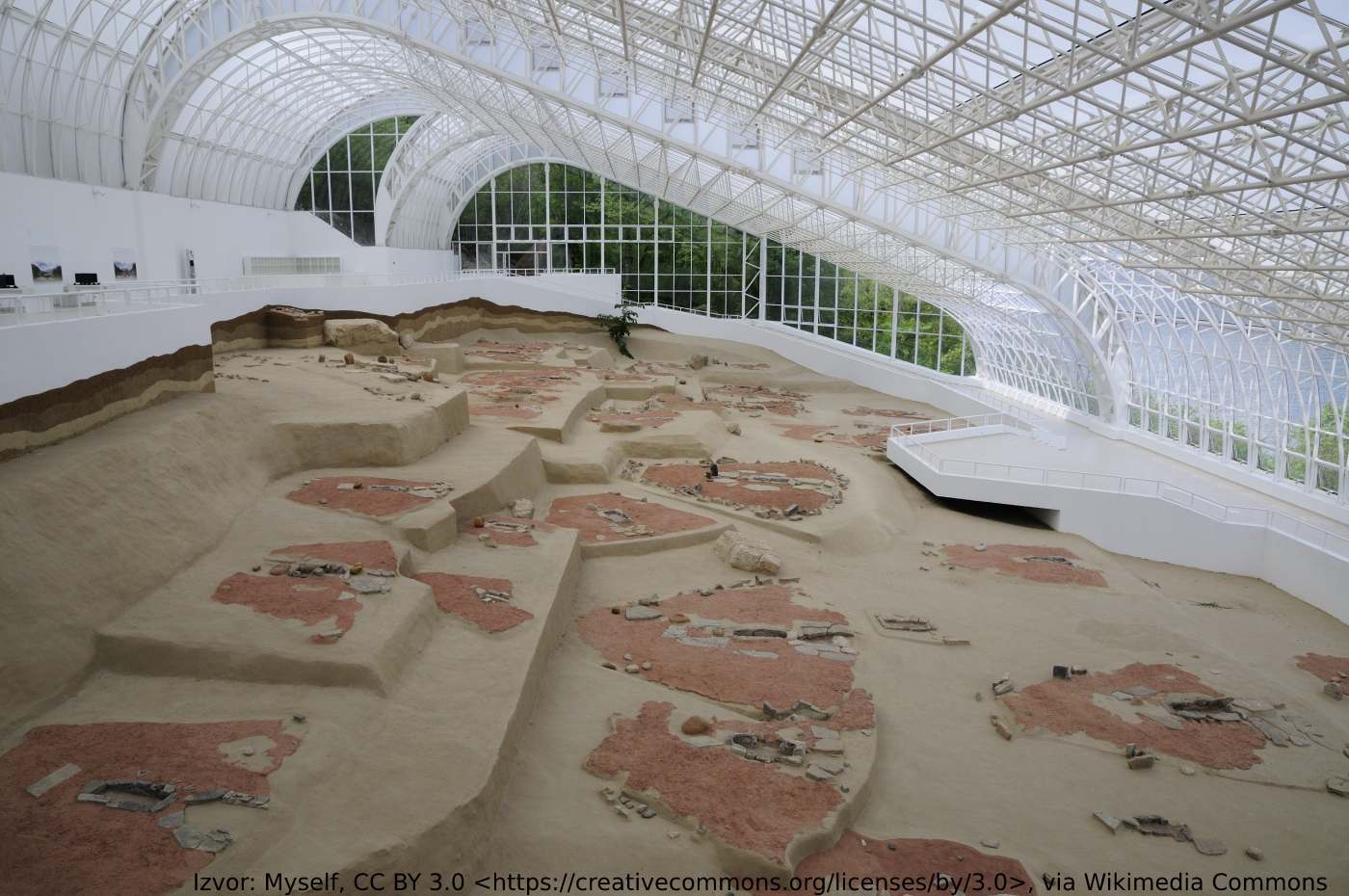
Lepenski Vir
Srebrno jezero
Lepenski Vir – the most important information
Until 1965, no one could have guessed that the longest and largest gorge in Europe hid the remains of the largest European Mesolithic and Neolithic culture. When excavations began on the right bank of the Danube due to the construction of the future hydroelectric power plant. Then a settlement from prehistory emerged from the ground.
This place gave birth to the oldest sedentary settlement in Europe, and today it is an archeological site of great importance. Thus, what was until then hidden in the Danube course and the Djerdap gorge changed the course of history itself.
History of the site Lepenski Vir
What the remains first point to is that the life of prehistoric people who took refuge here before the end of the Ice Age, 20,000 BC, was born in caves. Climate change, around 7,000 BC, takes these prehistoric people closer to the shores, where their life and creation started to depend on the life of the river. From that moment, the history of the old European population began as they started building the very first settlements.
From the excavation until today, a large number of people tried to show Lepenski Vir to various experts, but also tourists. However, what stopped further digging through prehistory was the accelerated construction of the Djerdap hydroelectric power plant. In this building process, one part of Lepenski Vir was relocated, and one part of the settlement was completely submerged.
Because of that, Lepenski Vir, like an archeological site, is deprived of a place on the UNESCO list of protected heritage culture. Well, despite that, these remnants of ancient life do not lose their significance. They attract and delight a large number of different visitors.
Significance of the site Lepenski Vir
The very fact that evidence of the first sedentary settlements was found here is quite revolutionary. With the history of Lepenski Vir, human history has moved in a new direction of development, and the turning points for that were the progress in the areas of:
This place gave birth to the oldest sedentary settlement in Europe, and today it is an archeological site of great importance. Thus, what was until then hidden in the Danube course and the Djerdap gorge changed the course of history itself.
History of the site Lepenski Vir
What the remains first point to is that the life of prehistoric people who took refuge here before the end of the Ice Age, 20,000 BC, was born in caves. Climate change, around 7,000 BC, takes these prehistoric people closer to the shores, where their life and creation started to depend on the life of the river. From that moment, the history of the old European population began as they started building the very first settlements.
From the excavation until today, a large number of people tried to show Lepenski Vir to various experts, but also tourists. However, what stopped further digging through prehistory was the accelerated construction of the Djerdap hydroelectric power plant. In this building process, one part of Lepenski Vir was relocated, and one part of the settlement was completely submerged.
Because of that, Lepenski Vir, like an archeological site, is deprived of a place on the UNESCO list of protected heritage culture. Well, despite that, these remnants of ancient life do not lose their significance. They attract and delight a large number of different visitors.
Significance of the site Lepenski Vir
The very fact that evidence of the first sedentary settlements was found here is quite revolutionary. With the history of Lepenski Vir, human history has moved in a new direction of development, and the turning points for that were the progress in the areas of:
- Architecture and Urbanism - planned construction of the first settlements
- Technologies - the beginning of counting time with the help of natural landmarks
- Arts - making sand figurines
What to see
Here you can see 7 successive settlements with 136 buildings (houses and sanctuaries) from the Mesolithic period, from 9500 to 7200 BC. The appearance, organization, and elements of the settlement are transformed and adjusted over time, so today you can see houses from different phases:
Here you can see 7 successive settlements with 136 buildings (houses and sanctuaries) from the Mesolithic period, from 9500 to 7200 BC. The appearance, organization, and elements of the settlement are transformed and adjusted over time, so today you can see houses from different phases:
- Proto Lepenski Vir 1 and 2 (9500 - 7200 BC) – Mesolithic period
- Lepenski Vir 1, 2, and 3 (6250 - 5500 BC) – Neolithic period
What was learned is that the people of this time were of the Cro-Magnon type. They were engaged in hunting and fishing, and at the beginning of the Neolithic, they began to engage in agriculture and cattle breeding.
However, the people of Lepenski Vir always remained physically and spiritually connected to the river and its surroundings. The characteristics of their lifestyle can still be seen and felt, and we single out the most important ones:
However, the people of Lepenski Vir always remained physically and spiritually connected to the river and its surroundings. The characteristics of their lifestyle can still be seen and felt, and we single out the most important ones:
- The first sedentary settlements - built in the shape of a horseshoe and characteristically facing the river. In the center of each settlement was a square of the same shape, under which the most esteemed members of society were buried.
- Trapezoidal houses - it is believed that they were built on the model of the cliff Treskavac, which rises from the opposite bank of the Danube. Apart from architecture, it is believed that the people of Lepeski Vir used the characteristics of this rock to calculate time.
- Fishlike figures - the most famous elements that characterize the fishing society. These monumental sculptures are made of sandstone and are associated with religious rites. Their place was next to the stone hearths. So, even today, you can see figurines with fishlike faces and extraordinary details. The most famous among them is the figure named Praroditeljka.
Working hours:
January: 10 am to 3 pm
March: 9 am to 5 pm
April: 9 am to 7 pm
May-August: from 9 am to 8 pm
September: 9 am to 7 pm
October: 9 am to 6 pm
November: 9 am to 5 pm
December: 10 am to 3 pm
Ticket price
Single ticket: 500 dinars
Group ticket (10 and more people): 400 dinars per person
Children from 7 to 15 years individually: 120 dinars
School excursions: 200 dinars per person.
January: 10 am to 3 pm
March: 9 am to 5 pm
April: 9 am to 7 pm
May-August: from 9 am to 8 pm
September: 9 am to 7 pm
October: 9 am to 6 pm
November: 9 am to 5 pm
December: 10 am to 3 pm
Ticket price
Single ticket: 500 dinars
Group ticket (10 and more people): 400 dinars per person
Children from 7 to 15 years individually: 120 dinars
School excursions: 200 dinars per person.
How to get to Lepenski Vir
Lepenski Vir is 16 km away from Donji Milanovac. From the road, Belgrade - Pozarevac - Golubac, a few hundred meters of steep road leads to the site. You reach it in three ways:
Lepenski Vir is 16 km away from Donji Milanovac. From the road, Belgrade - Pozarevac - Golubac, a few hundred meters of steep road leads to the site. You reach it in three ways:
- By local bus and taxi:
Donji Milanovac - Boljetin - the ride lasts from 15 to 20 minutes, and the bus leaves 5 times a day. Ticket price: 200 - 300 dinars.
Boljetin - Lepenski vir - the ride takes 5 minutes. Ticket price: 250-300 dinars. - By taxi: from Donji Milanovac you can get to the site by taxi. Ticket price: 1,300 dinars.
- By car: parking is provided for visitors arriving by car.
Additional information
The site has been revitalized for tourism, protected, and supplemented by a Visitor Visitor Center that serves as a research station. This endeavor and constant work on the site at least provided access to the found parts of one of the most complex cultures in Europe.
The Surroundings
In the vicinity of Lepenski Vir there are also famous sights:
The site has been revitalized for tourism, protected, and supplemented by a Visitor Visitor Center that serves as a research station. This endeavor and constant work on the site at least provided access to the found parts of one of the most complex cultures in Europe.
The Surroundings
In the vicinity of Lepenski Vir there are also famous sights:
- Fortresses Golubac and Ram
- The beauties of the Djerdap National Park
- Board Trajanova tabla
- Lake Srebrno jezero

